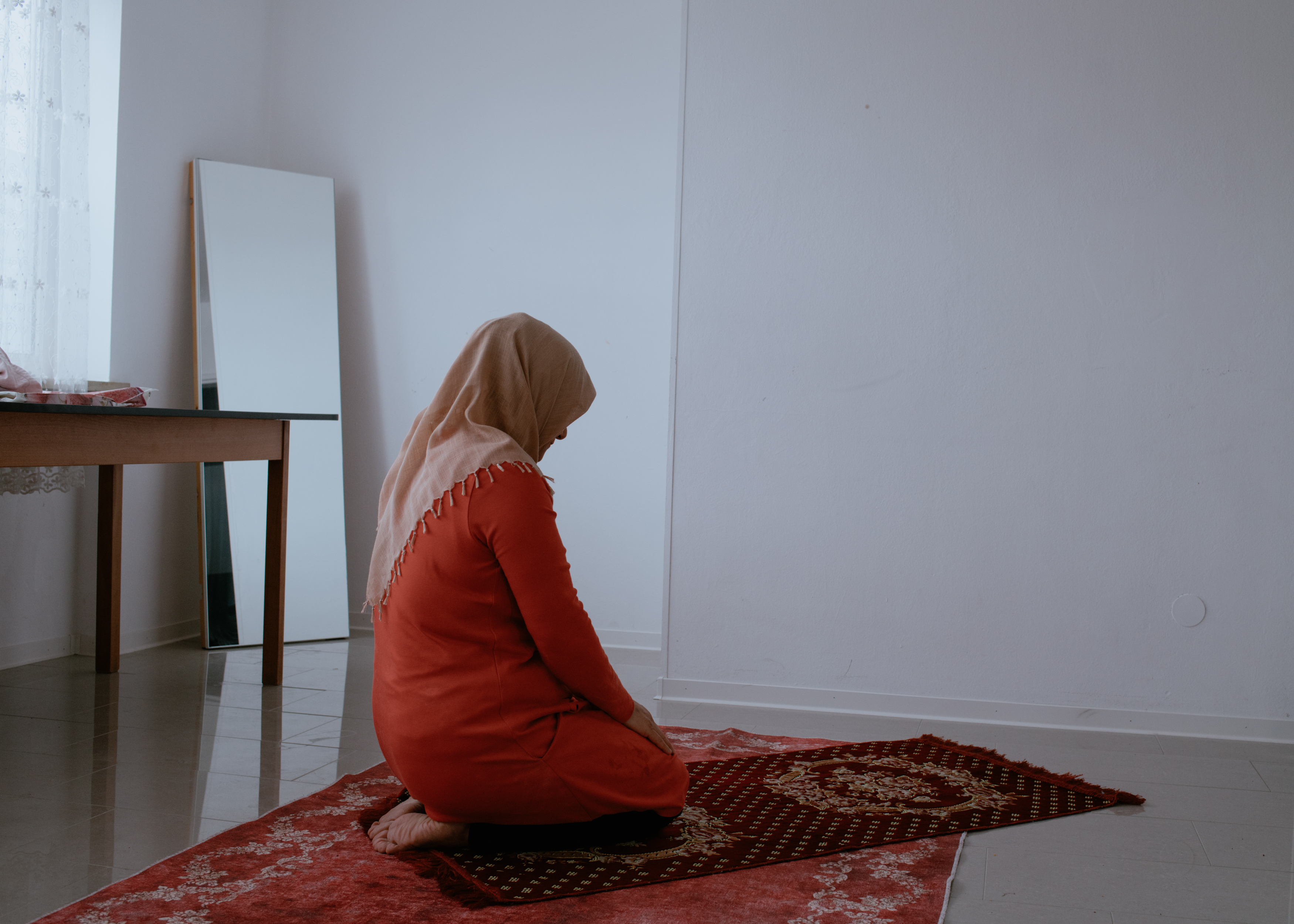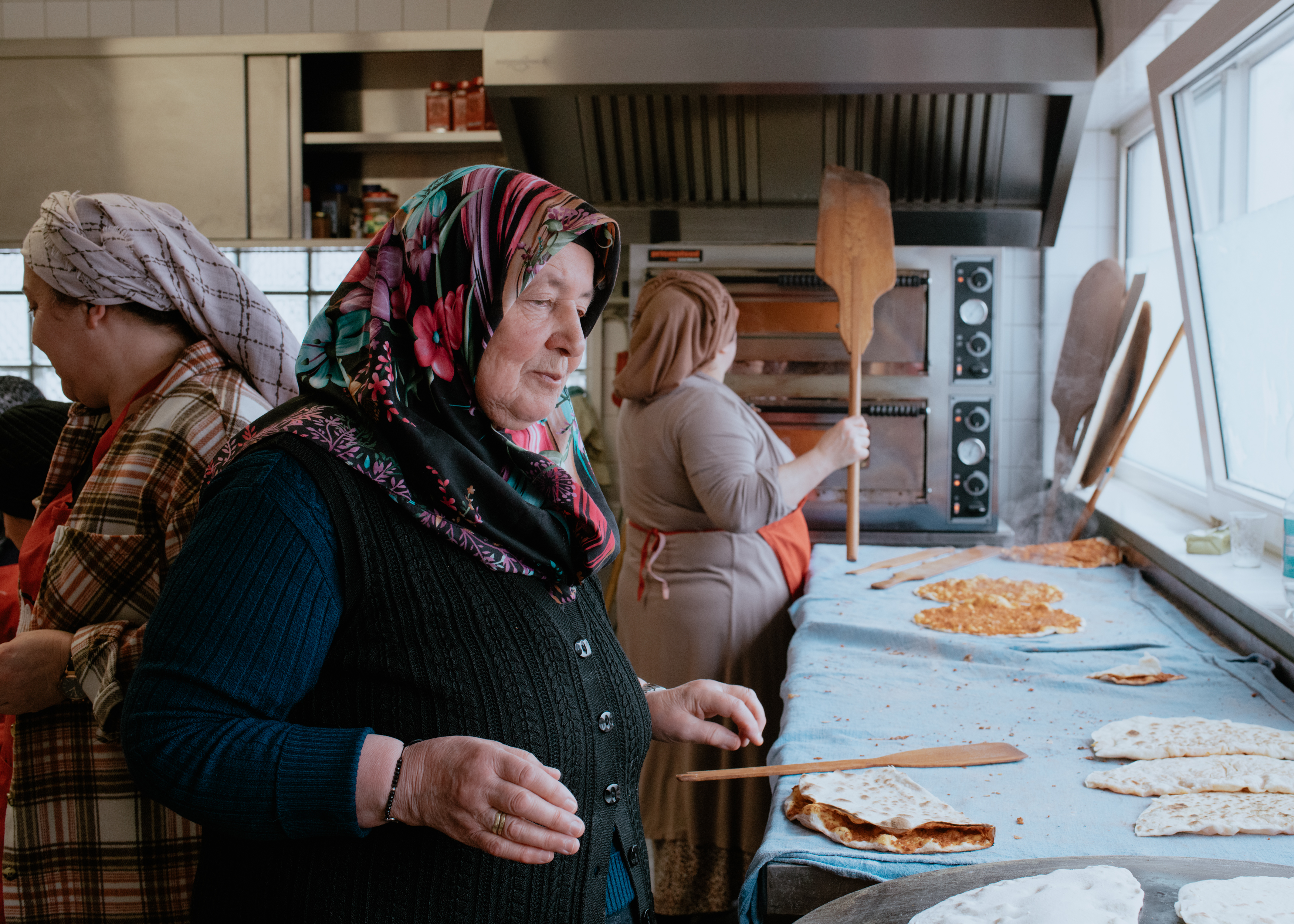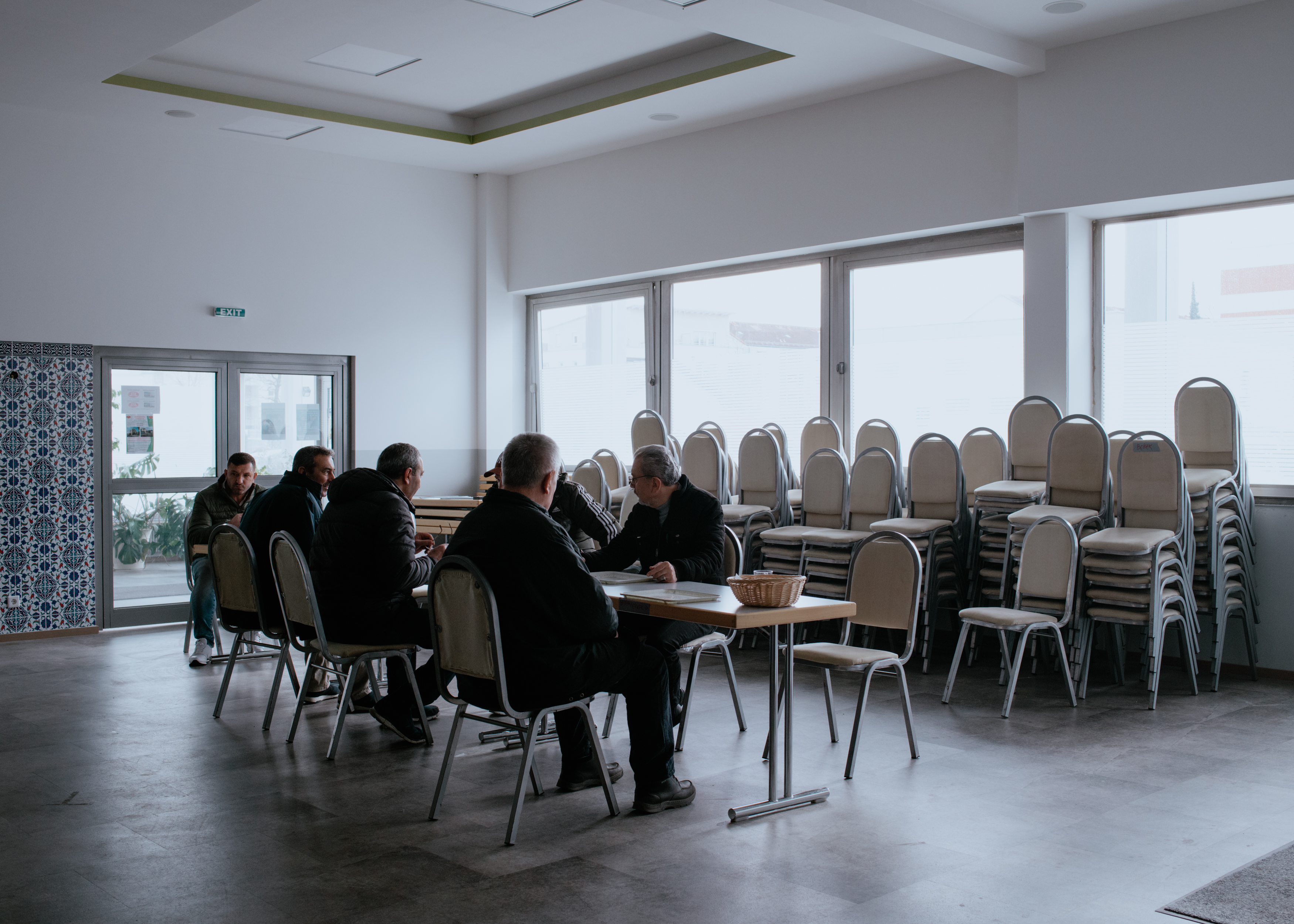

Armenia, at the crossroads between Europe and Asia, is facing a decisive phase in its history: long dependent on Russia as a protective power, the loss of Nagorno-Karabakh has made clear that this support cannot be relied upon. Russia's turning away and the fear of another war with Azerbaijan deprives Armenia of any hope of a secure future.
‘It's my wound because it's pain for me’ is a photographic exploration of Armenian society, whose identity is characterised by the traumas of the past, the fear of war and a deep sense of isolation. The work sheds light on the impact of geopolitical tensions and military conflicts on the civilian population in a region that is at the centre of political interests and power struggles.
The photographs illustrate the discrepancy between the Armenians' deep longing for peace and the harsh reality of an ongoing conflict. In a country whose hopes for security have been shattered by geopolitical upheavals, the dream of stability and peaceful coexistence often seems unattainable. But it is precisely in this difficult situation that alternative paths are emerging: through mutual support and cohesion, the population is meeting the challenges with remarkable resilience. Despite their own poverty, people are opening their doors to refugees from Nagorno-Karabakh, paramilitary groups are forming to defend freedom and security, and new, self-created realities are emerging that defy the feeling of injustice.
Armenia, 2023 - ongoing


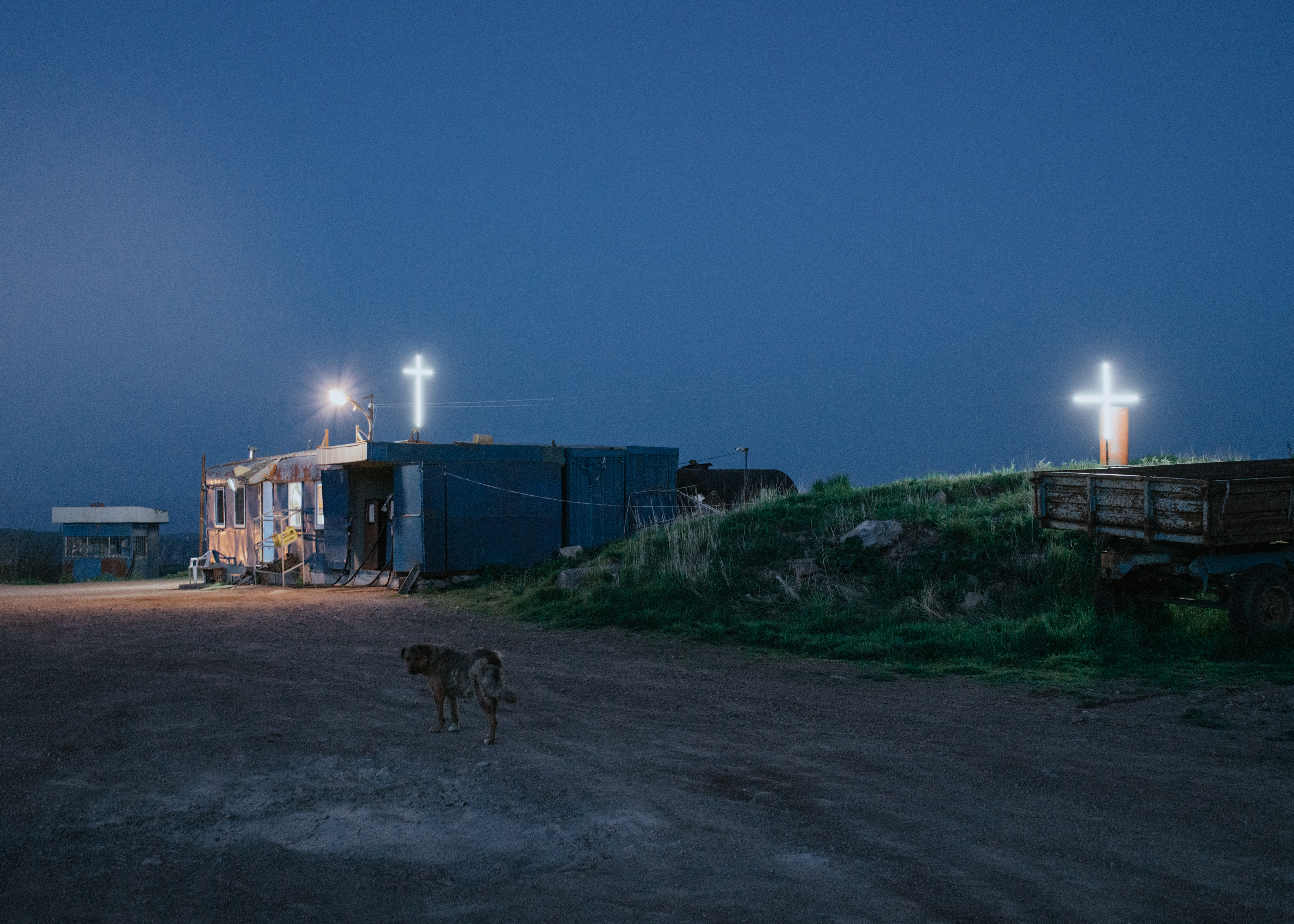
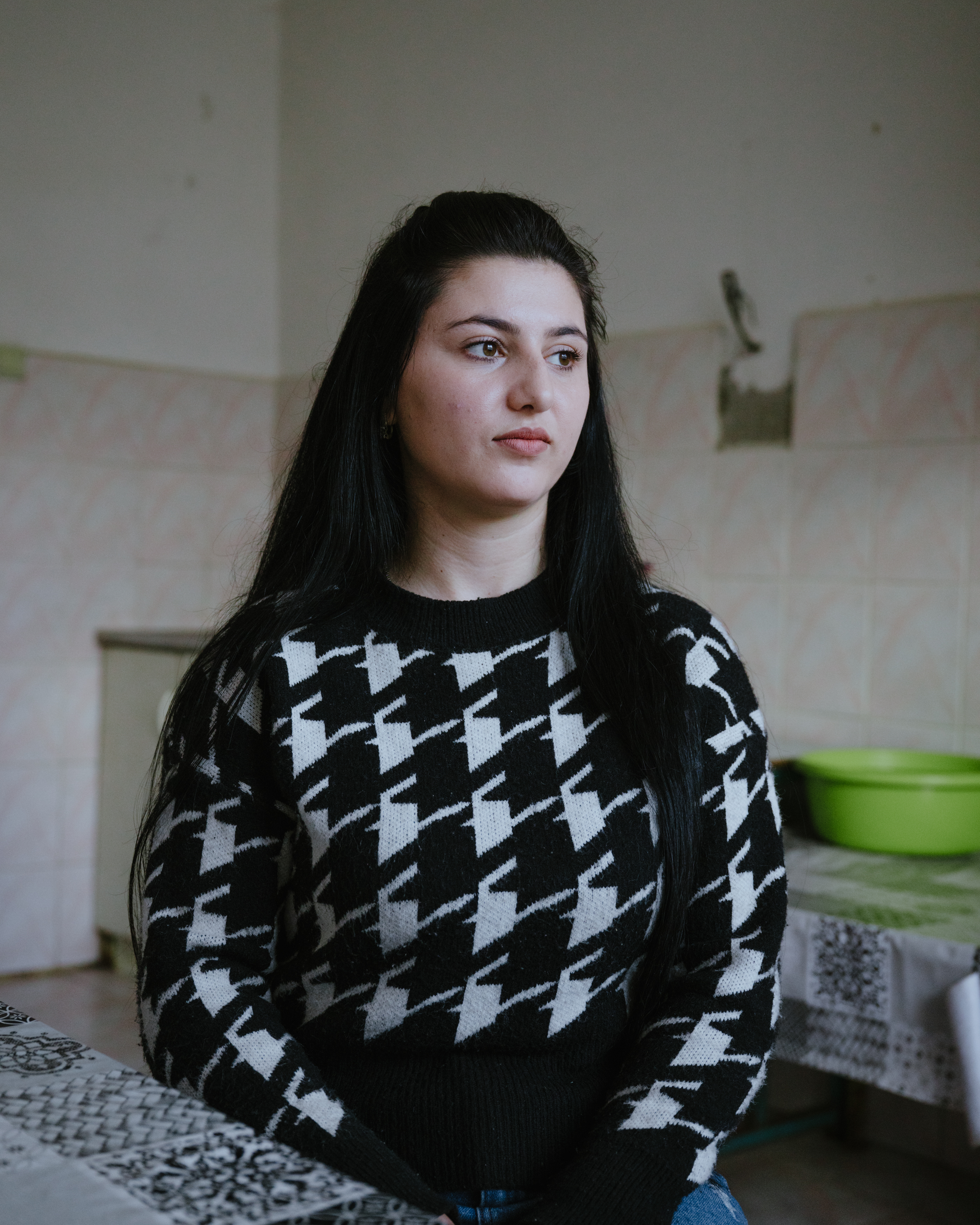

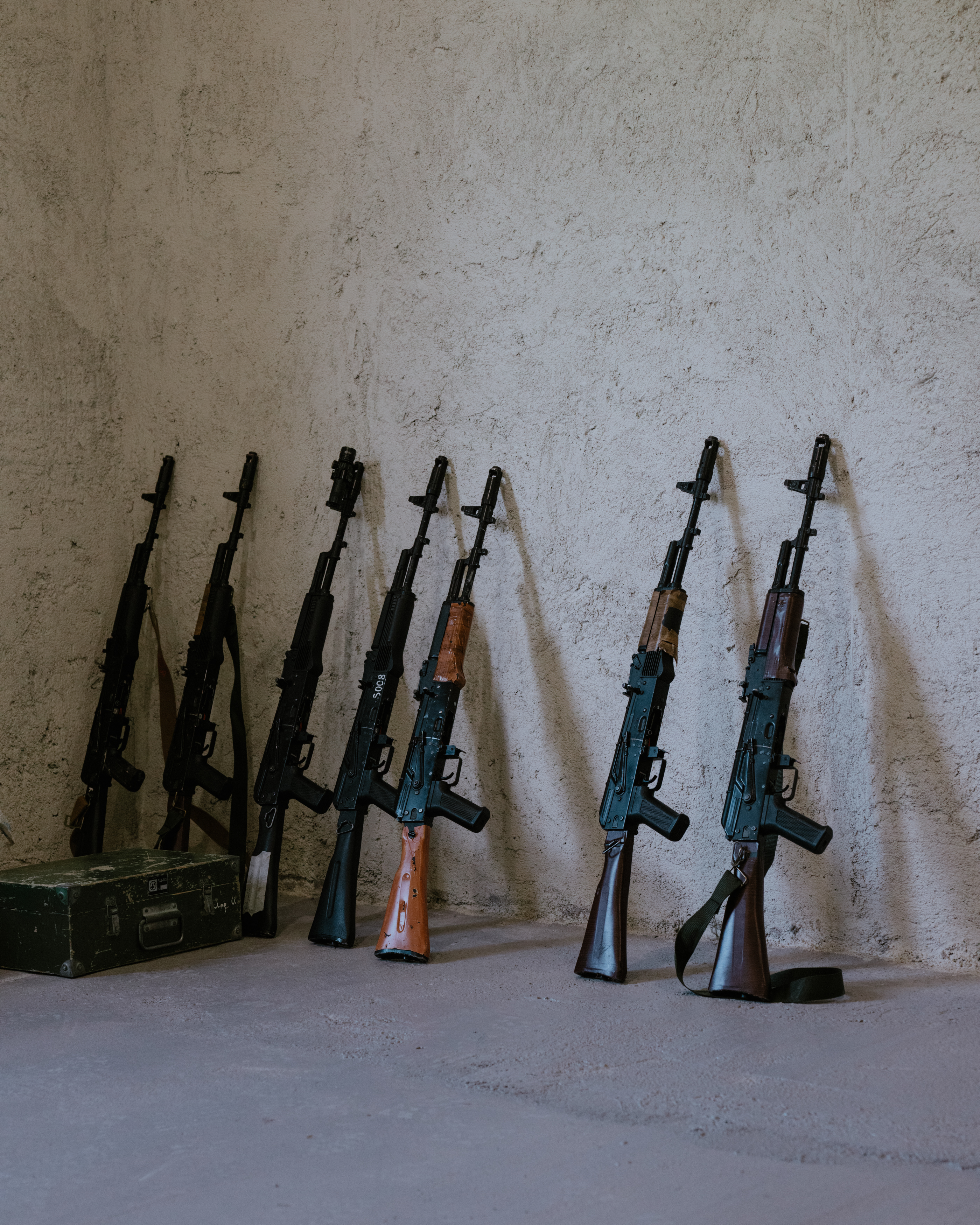
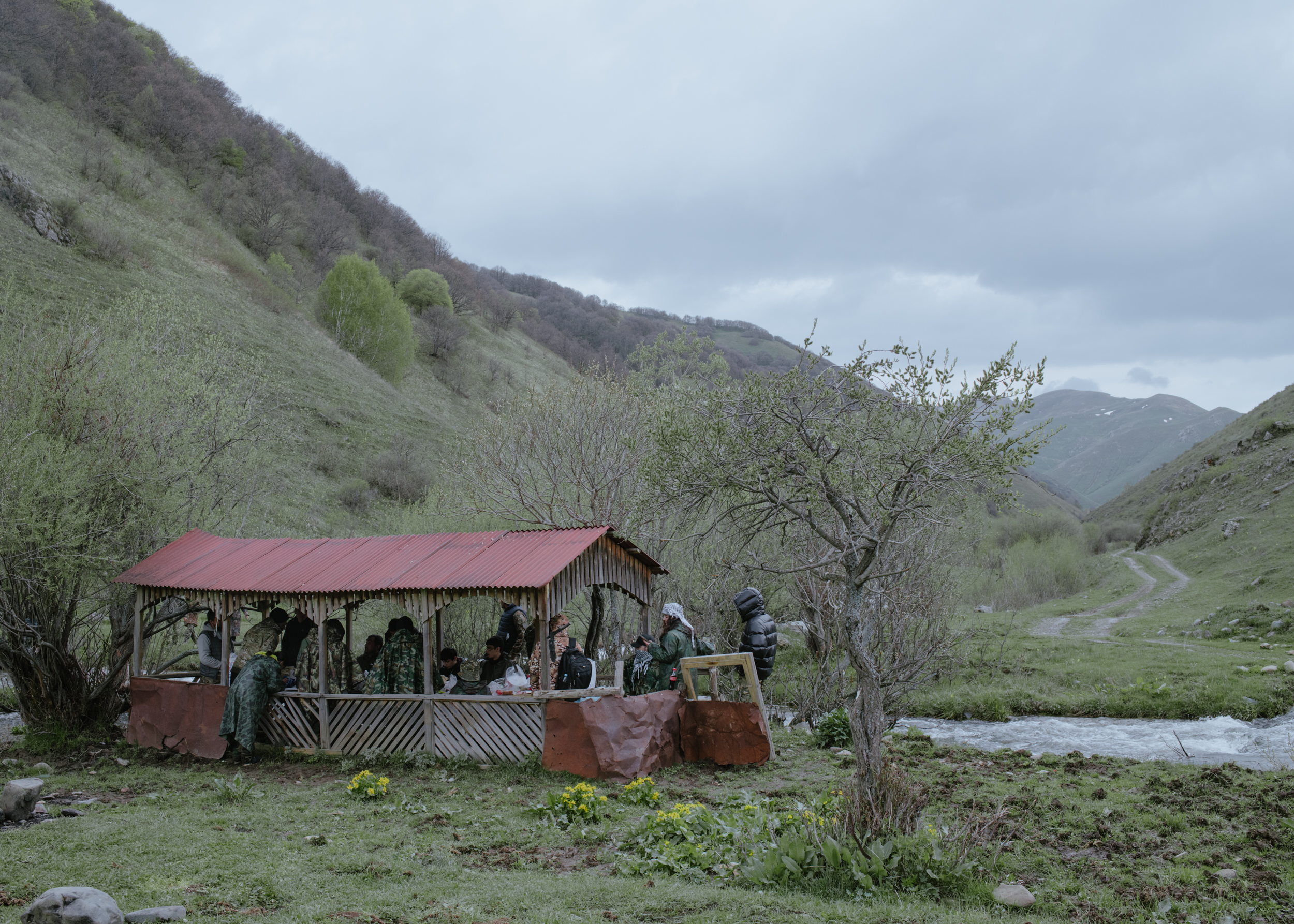
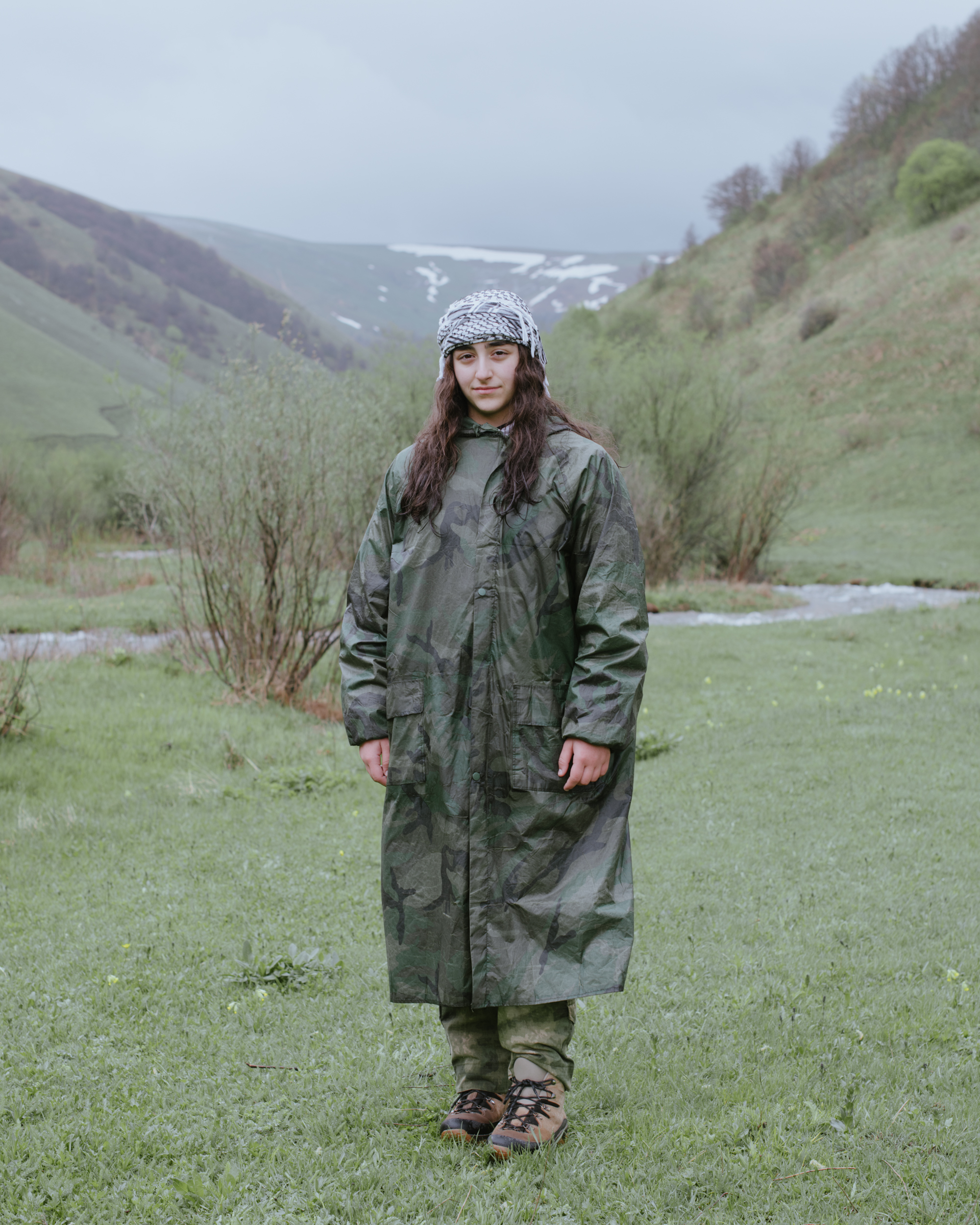






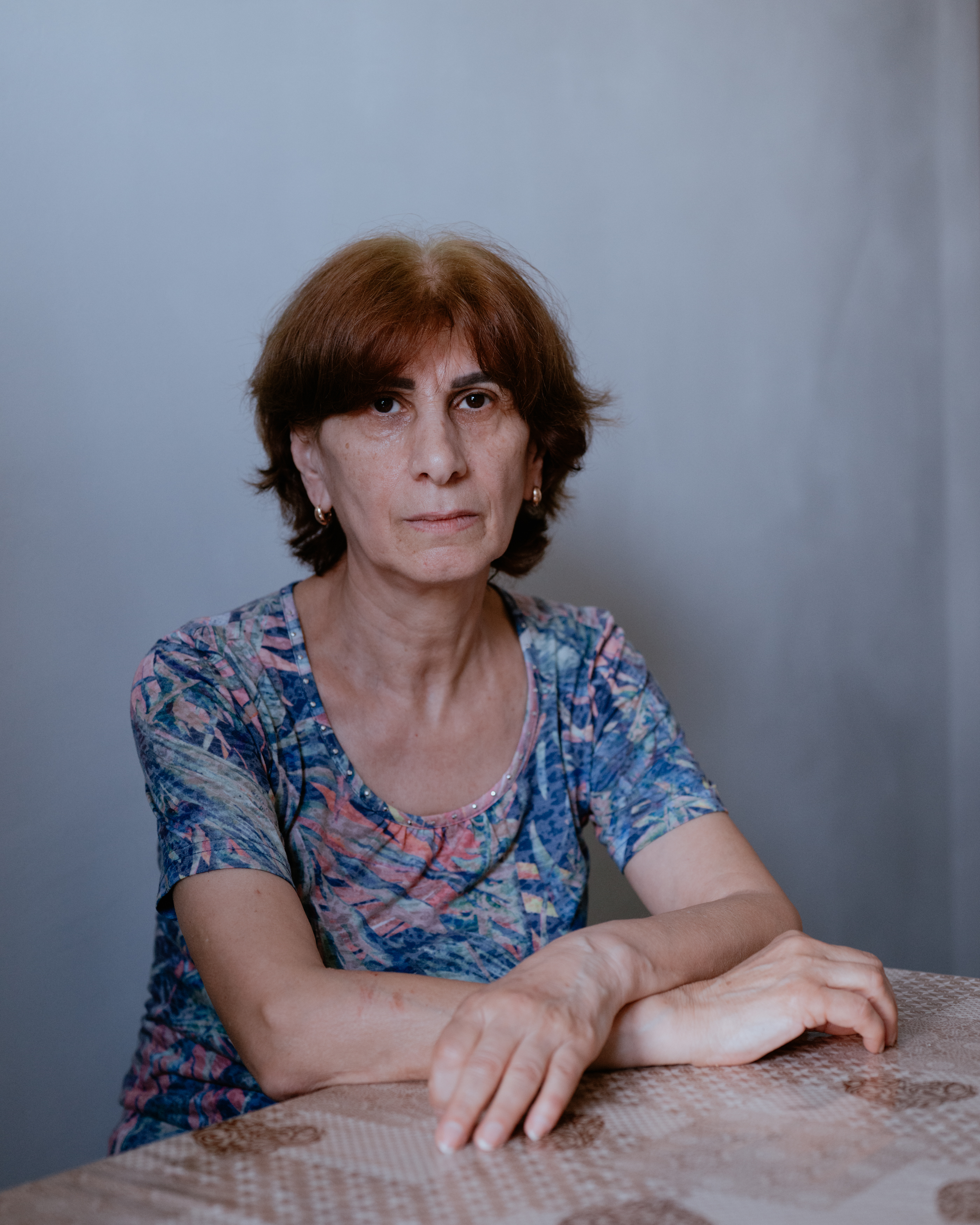




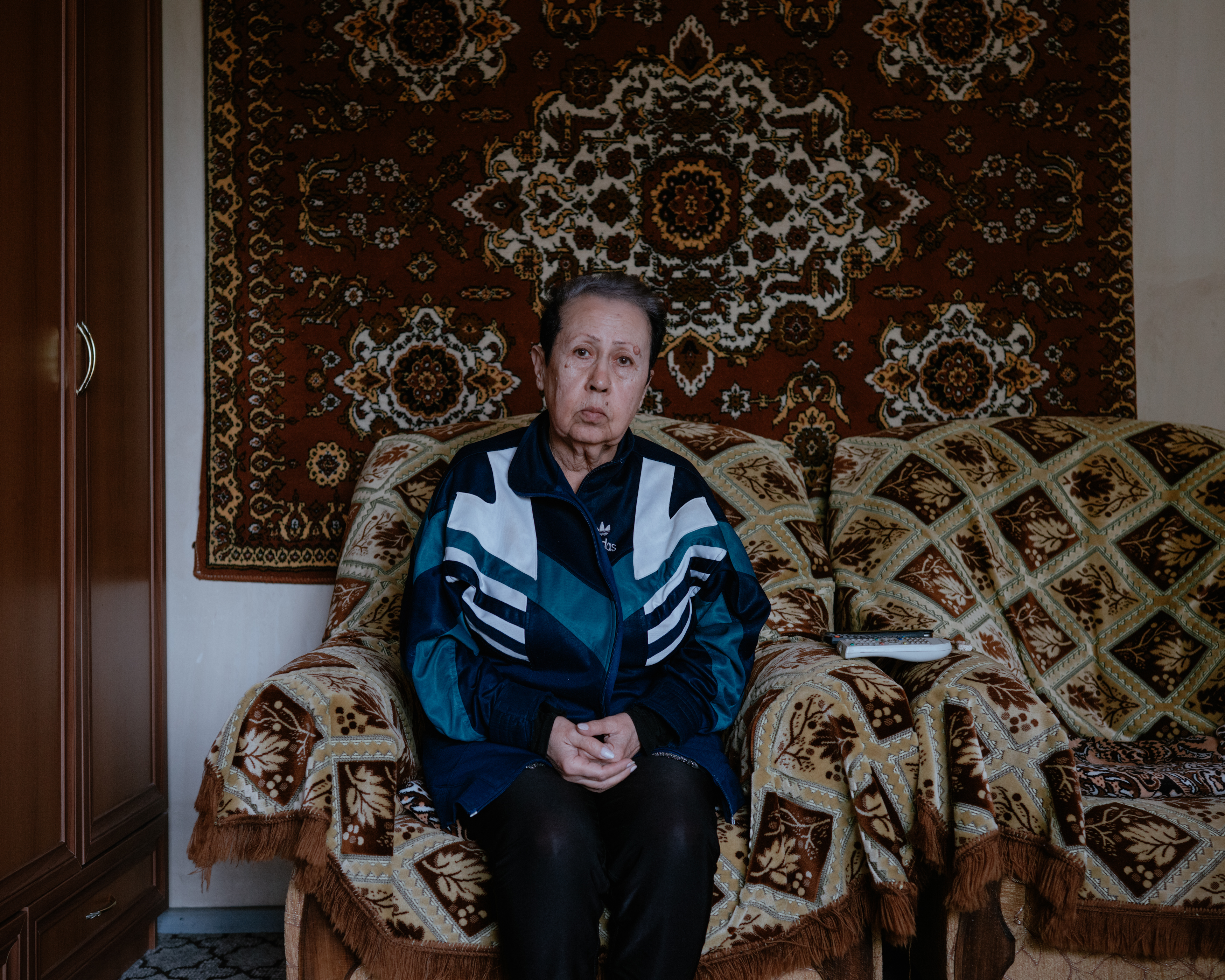

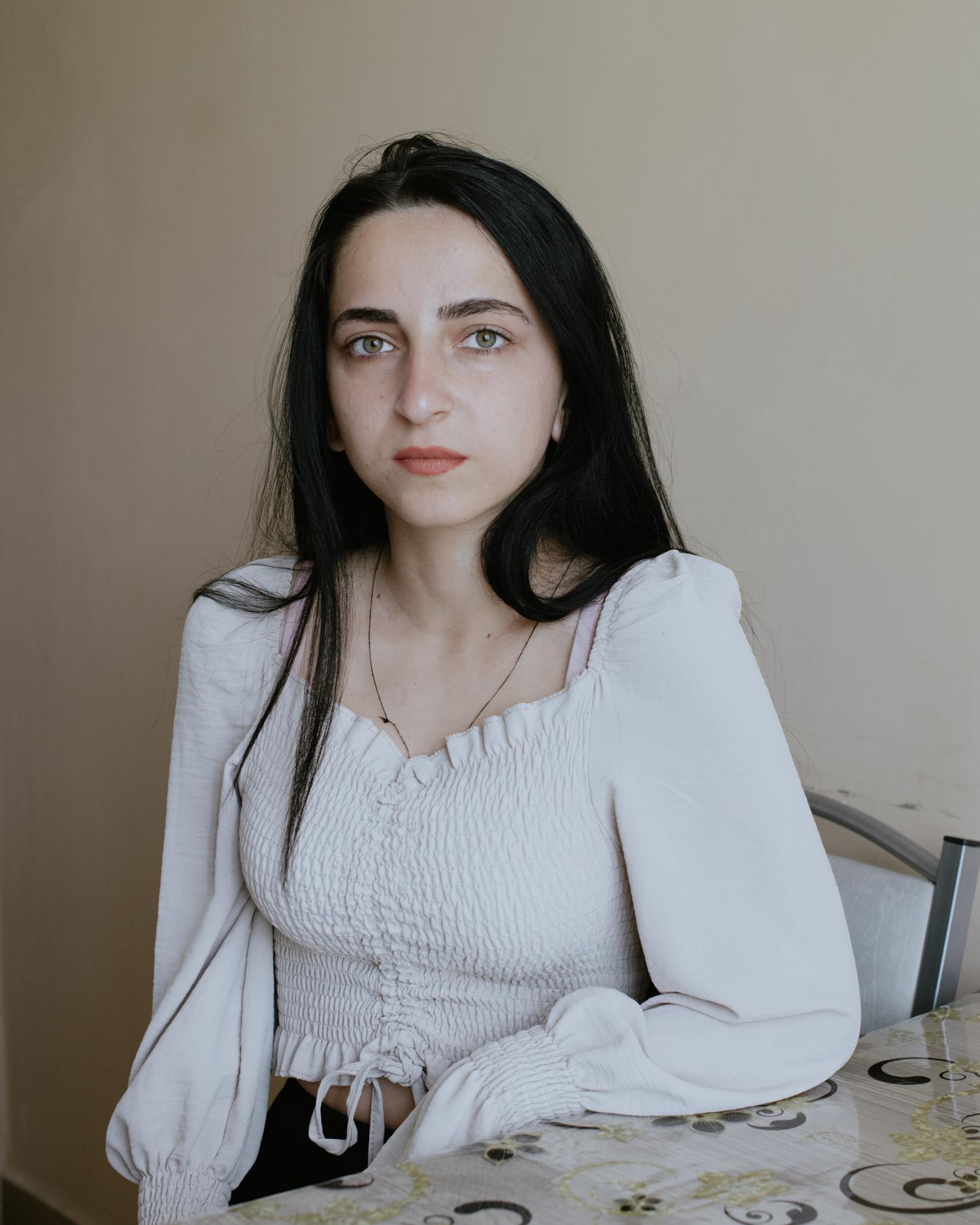
Georgia, located at the easternmost end of Europe, is caught in the tension of a conflict between pro-Western reorientation and the historically Russian sphere of influence, which is reflected in the entire society.
Droa [„It‘s time“] is a photographic search for the identity of a country between the dream about Europe, the fear of Russia and the consequences from years of oppression.
A central role of the work is the Soviet Russian legacy and the transition from it to a - supposedly - independent system. I have accompanied people who are struggling in capitalism, lagging behind in change and finding comfort in their faith. But also those who are already born in an independent Georgia. They fight for a more self-determined life, far away from the conservative views of the older generation and demand a rapprochement with the EU. Also thematized are the breakaway territories of Abkhazia and South Ossetia, which fell into a war of secession due to Russia's influence. I have portrayed those who have lost their homeland but not the hope to return one day. Another part of my work is formed by different parties and organizations. They try to fight against domestic events and powerful elites, which are infiltrated by Russia, and want to liberalize the country.
Georgia, 2022
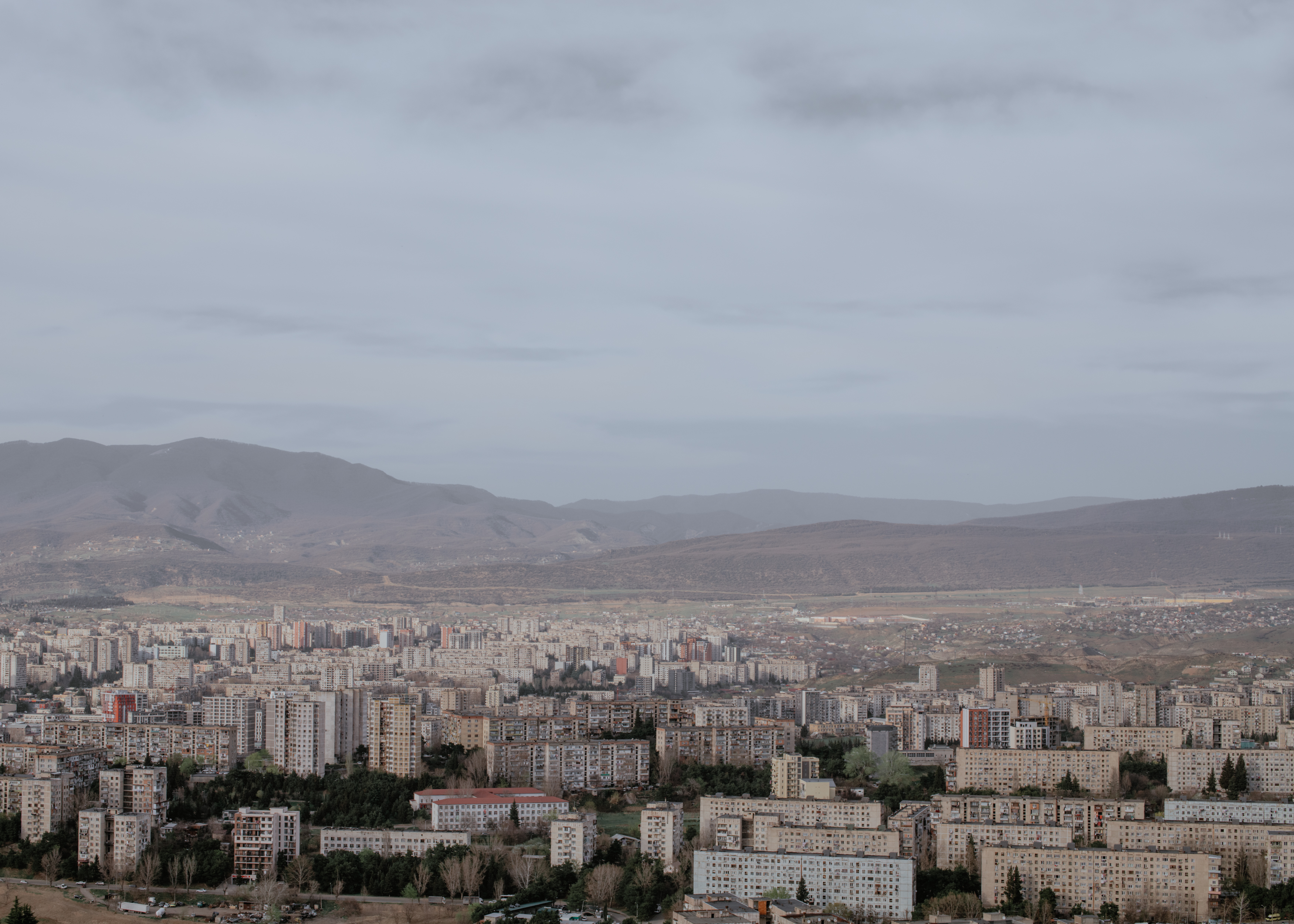



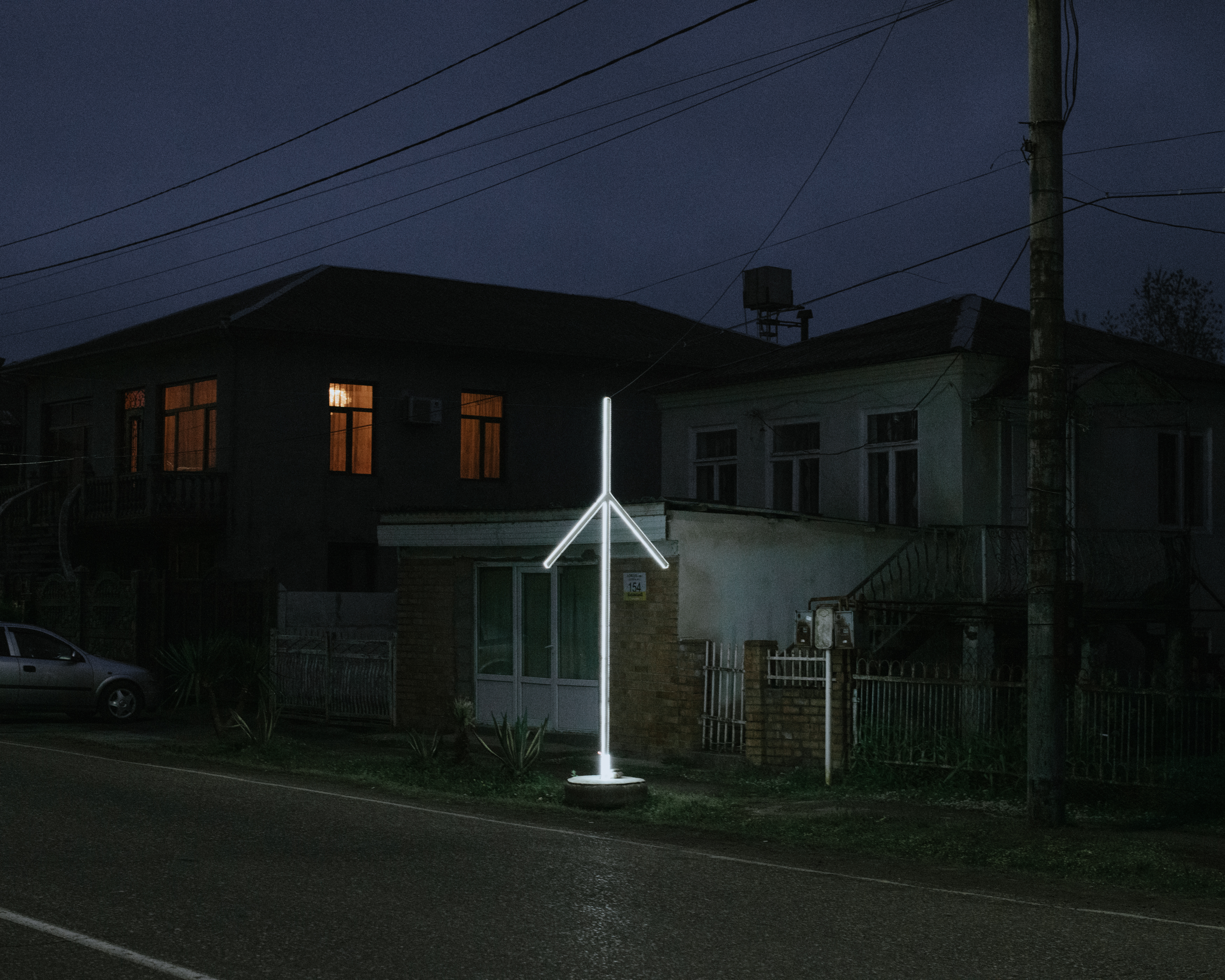
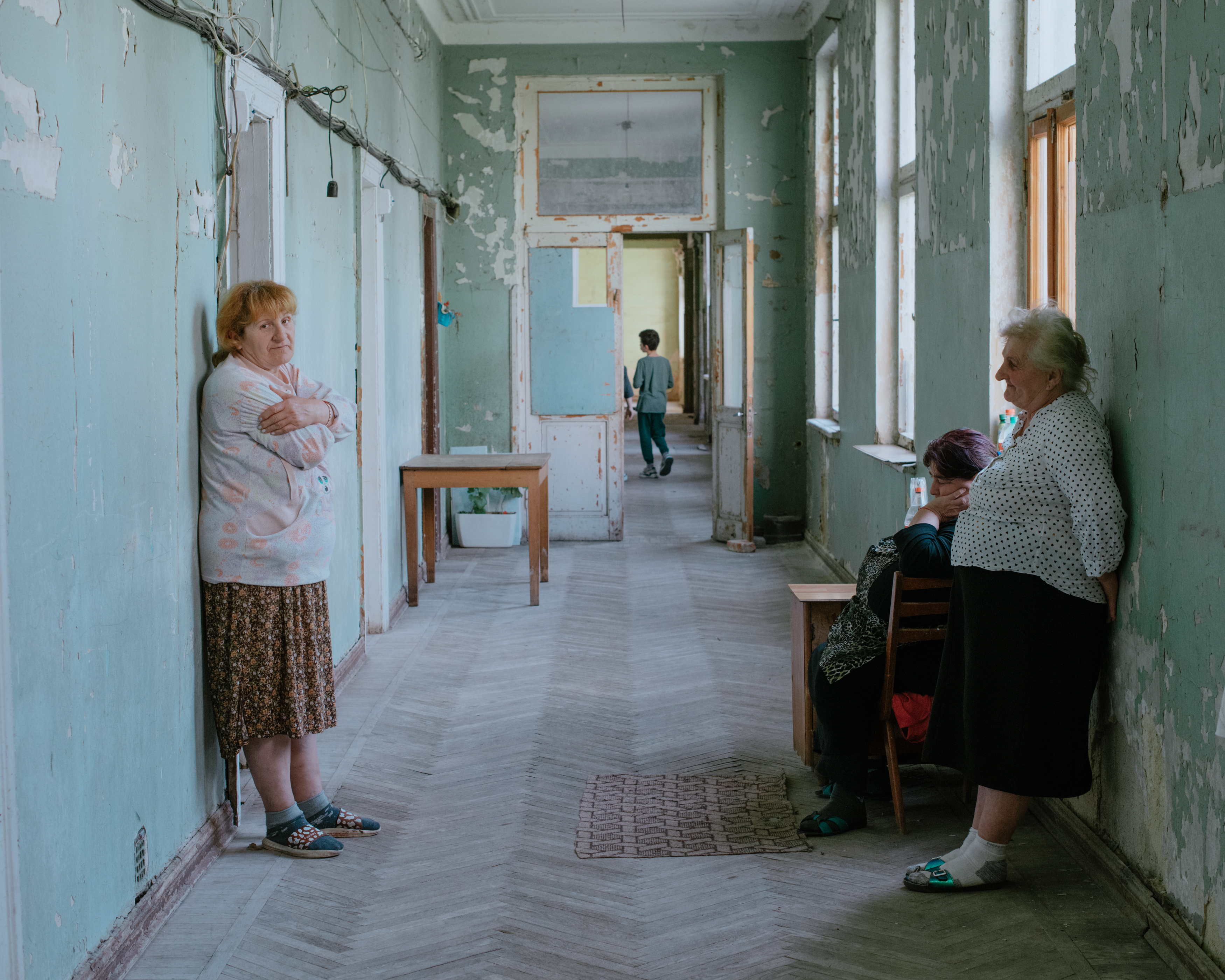

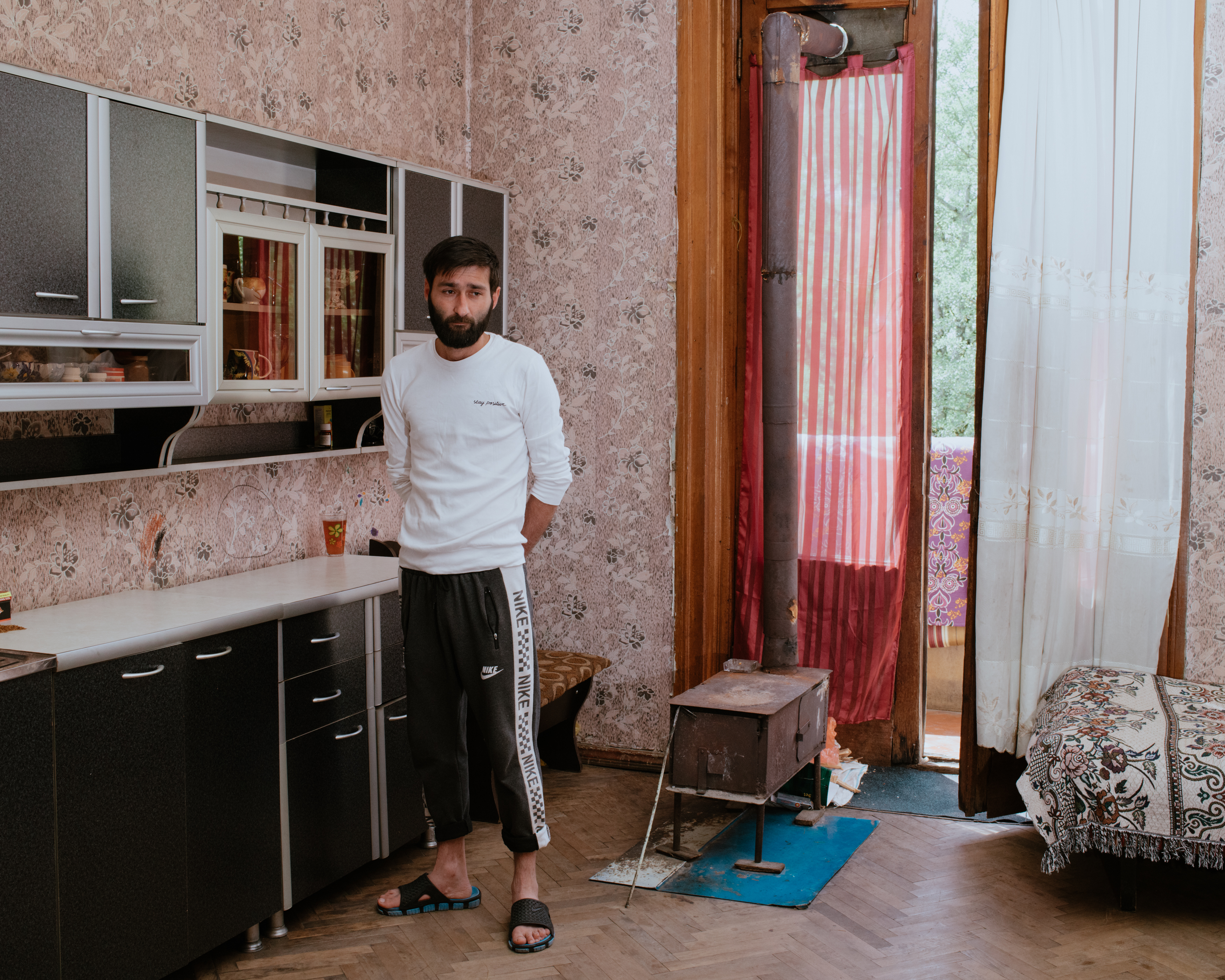
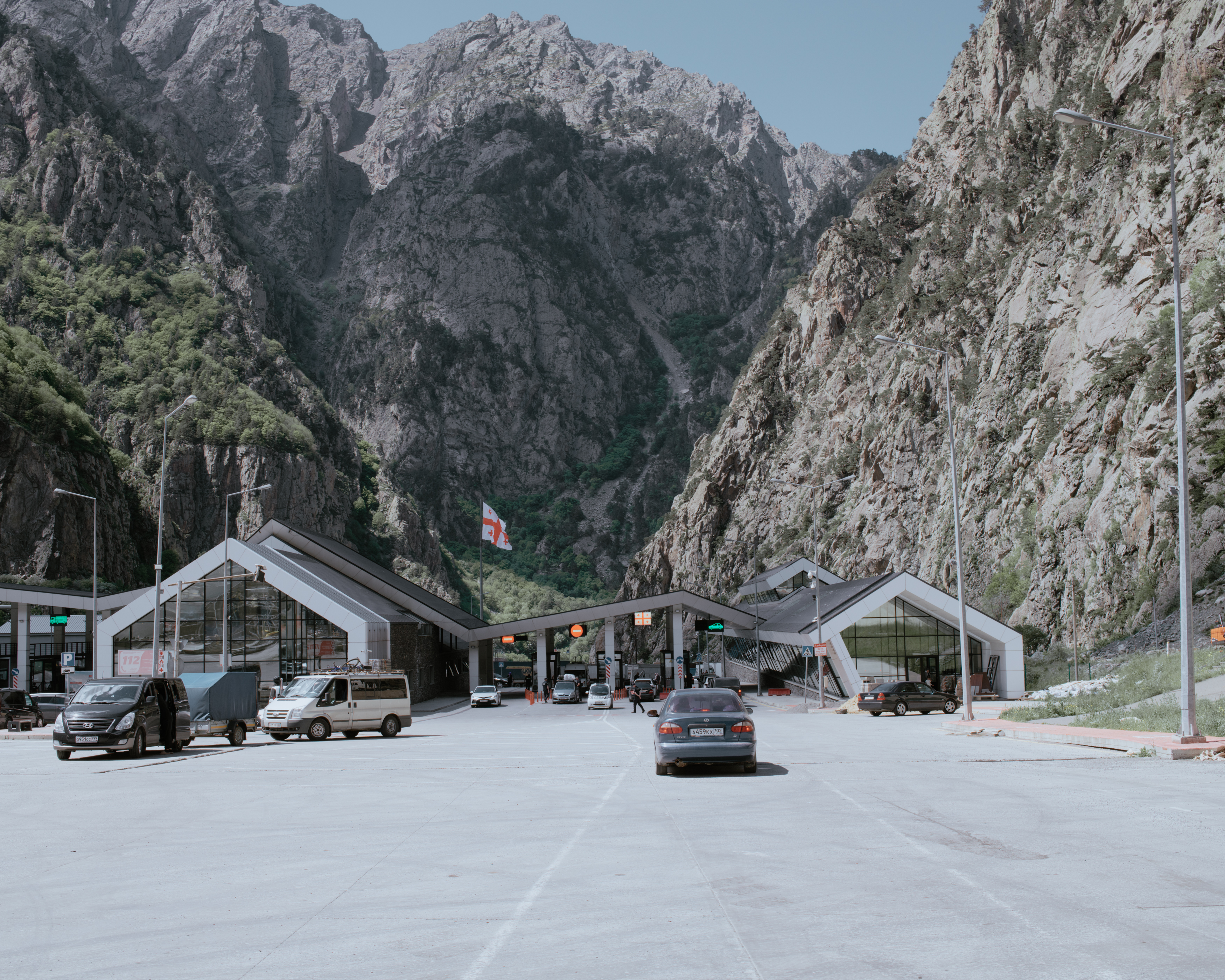

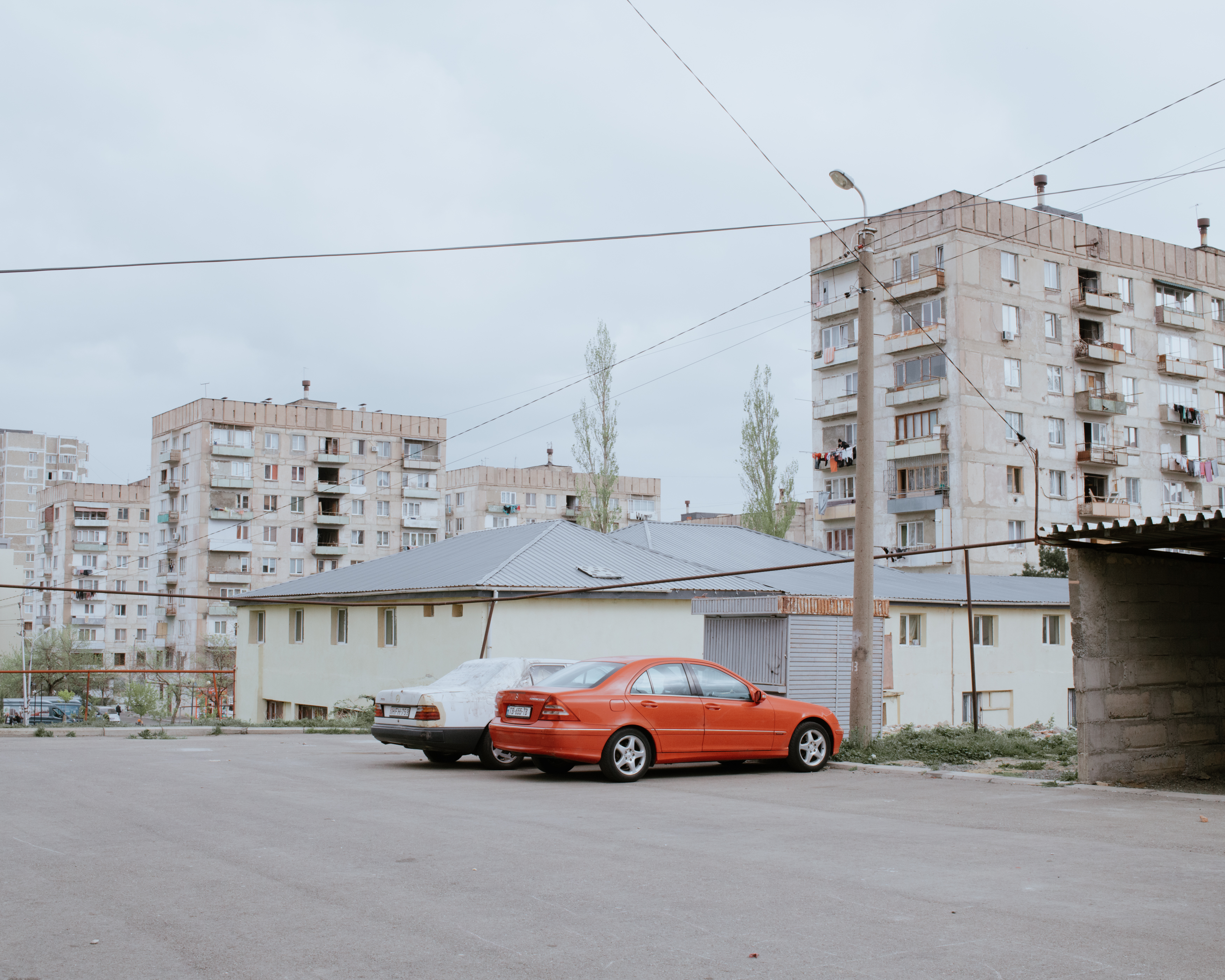
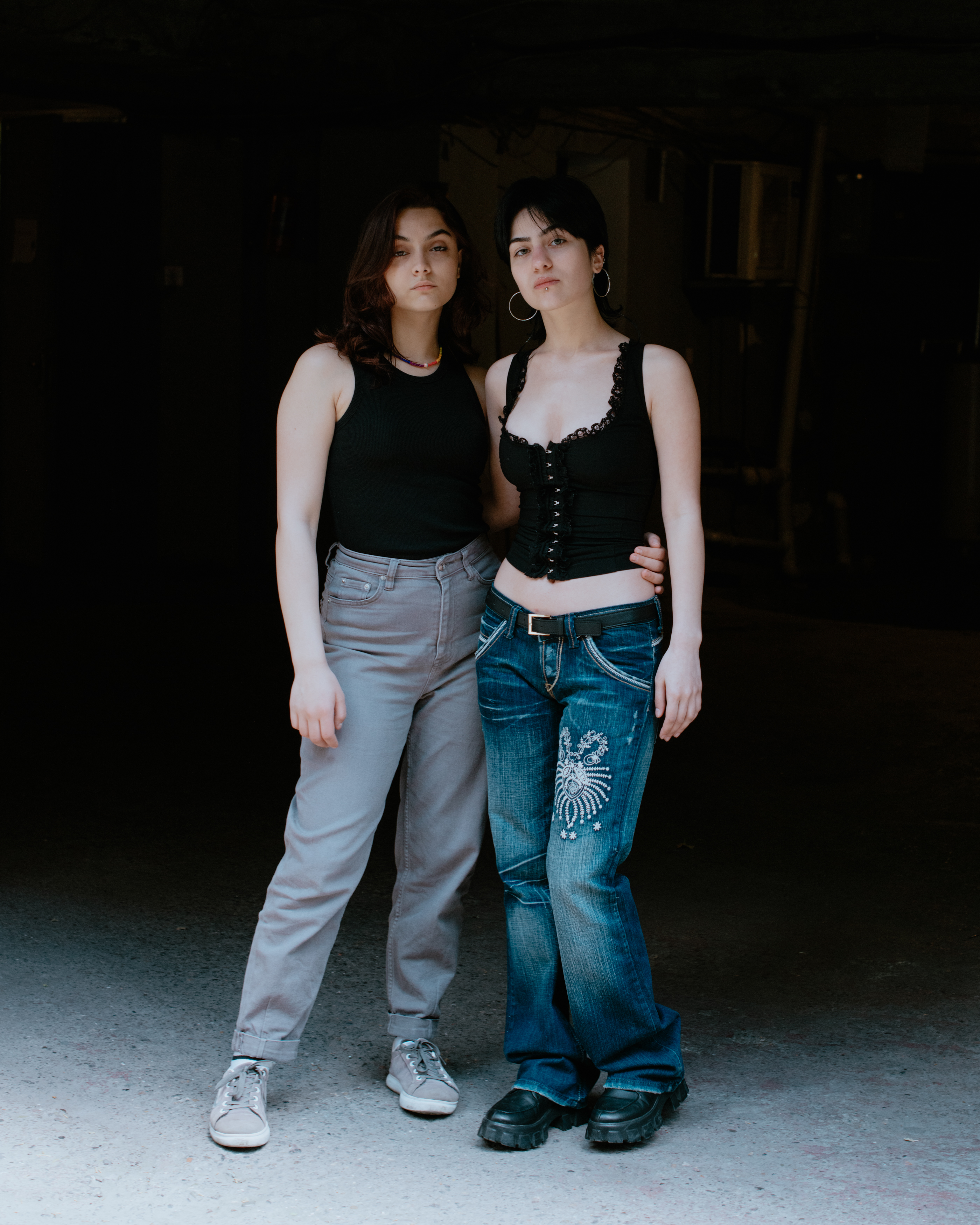



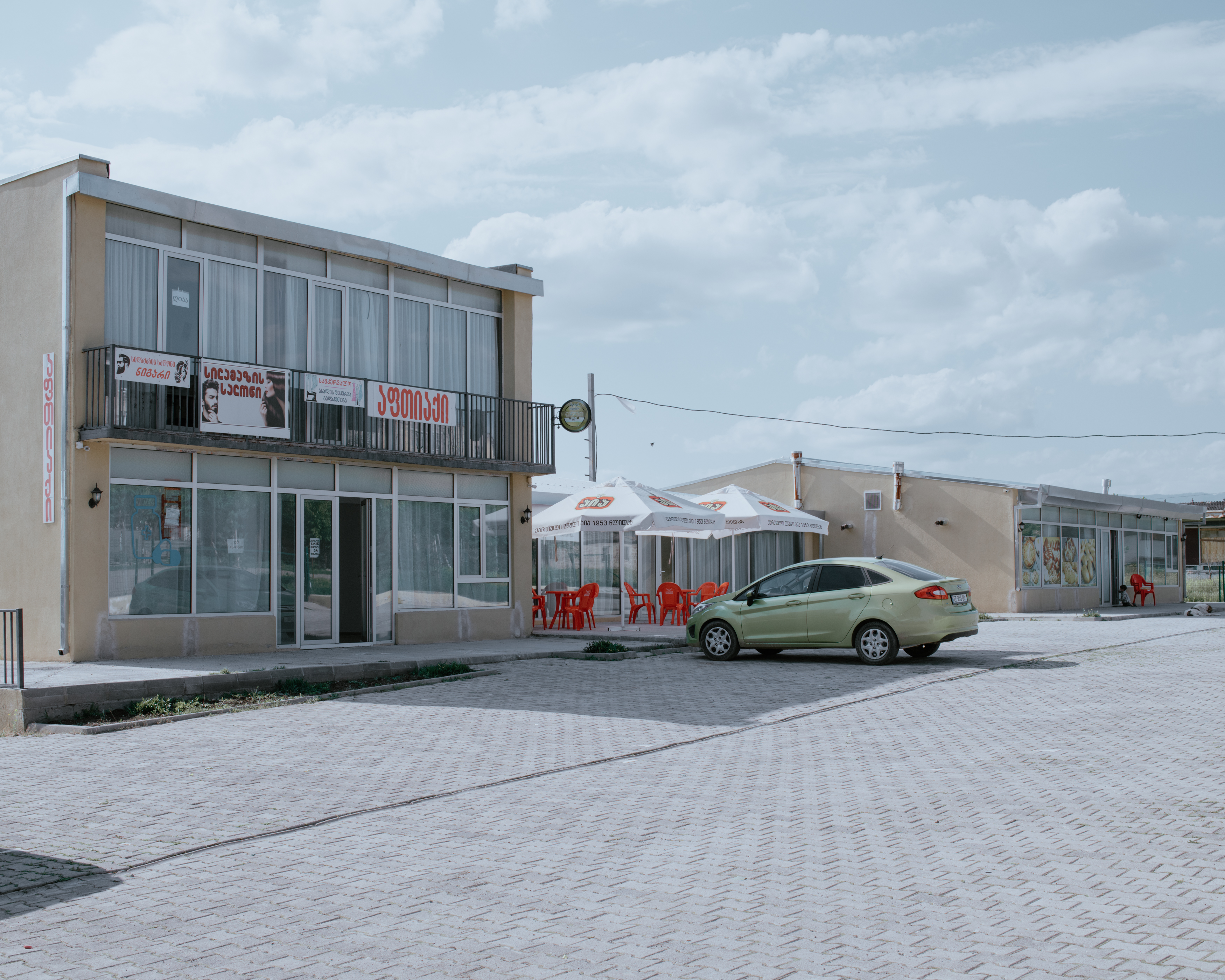


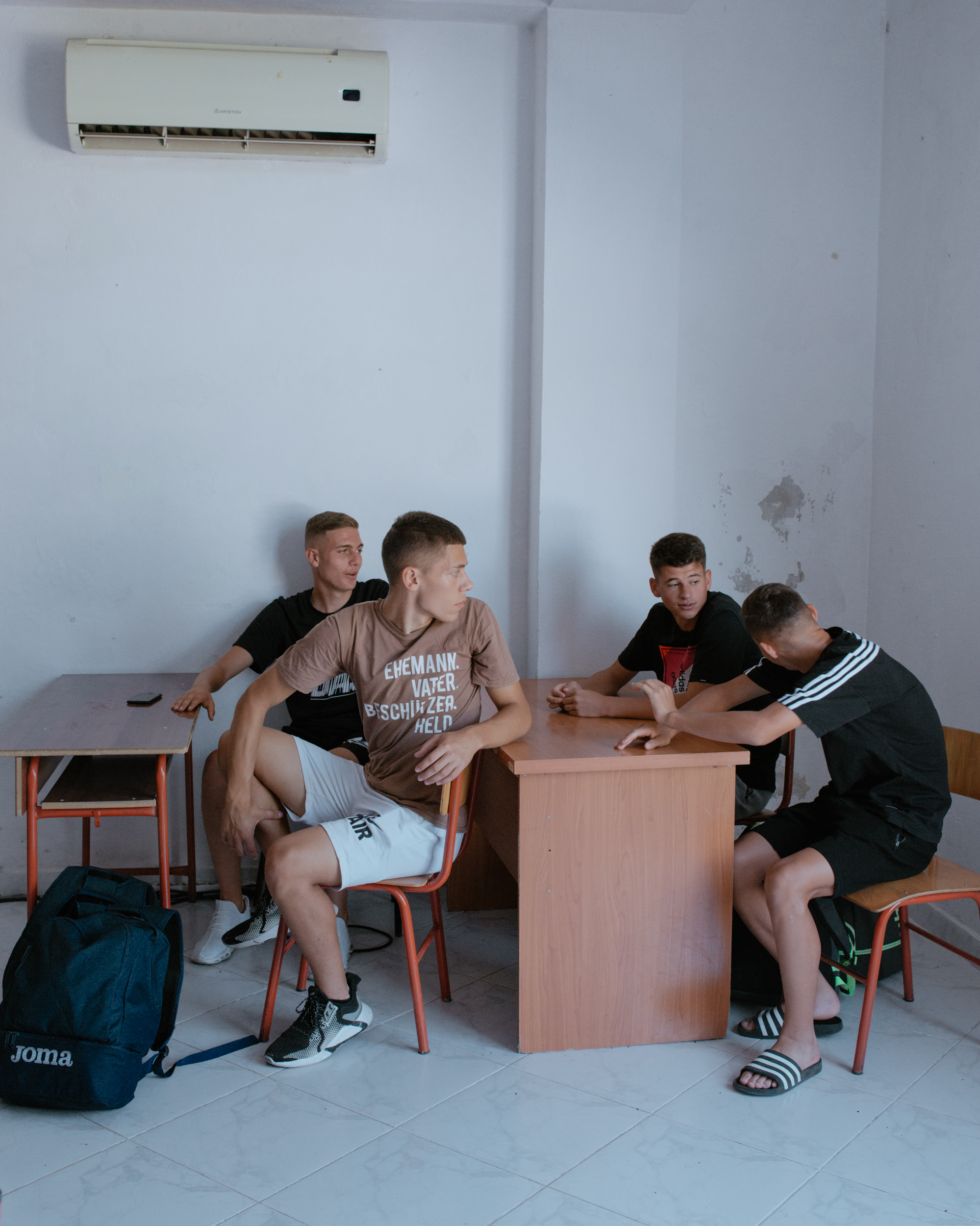
The Loro Borici School is a football school for young talents in a suburb of Tirana, Albania. It is the last school in Albania to be run by the state since the end of communism. The privatization of sports and the lack of football pitches, especially in urban areas like Tirana, are both consequences of the transition to capitalism. Instead of focusing on training talents, many schools aim to generate as much capital as possible with the expensive fees. As a result, football also becomes a source of social exclusion. Against this background, the Loro Borici School appears to be the last resort for the dreams of those boys who have no chance for an elite education.
Due to my documentary project, I had the opportunity to follow the daily life of the boys in this last public football school. The high school not only prepares its students for final exams but also provides them accommodation to live on the campus during the academic year. The school day consists of daily training sessions on the football field and lessons related to their matriculation standard.
Contrary to all other football schools, this school is only about the young athletes' achievements and not about the financial circumstances of their families.
„We want to play for a national team. It‘s our big dream“ - Tomas, student of Loro Borici School
For many of the students, the Loro Borici School is the hope of realizing their dreams and one day playing for Europe’s top teams.
Tirana, Albania 2021
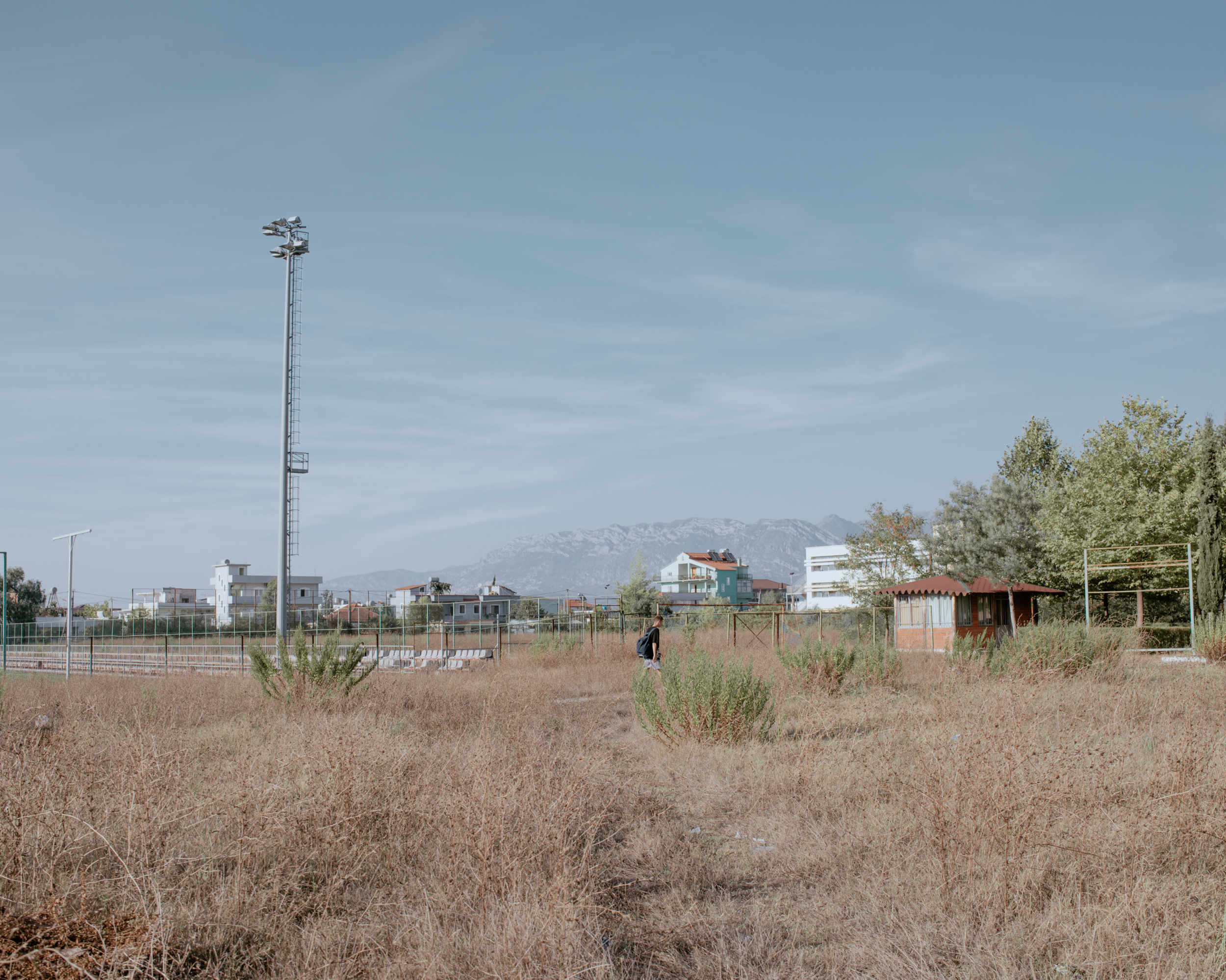
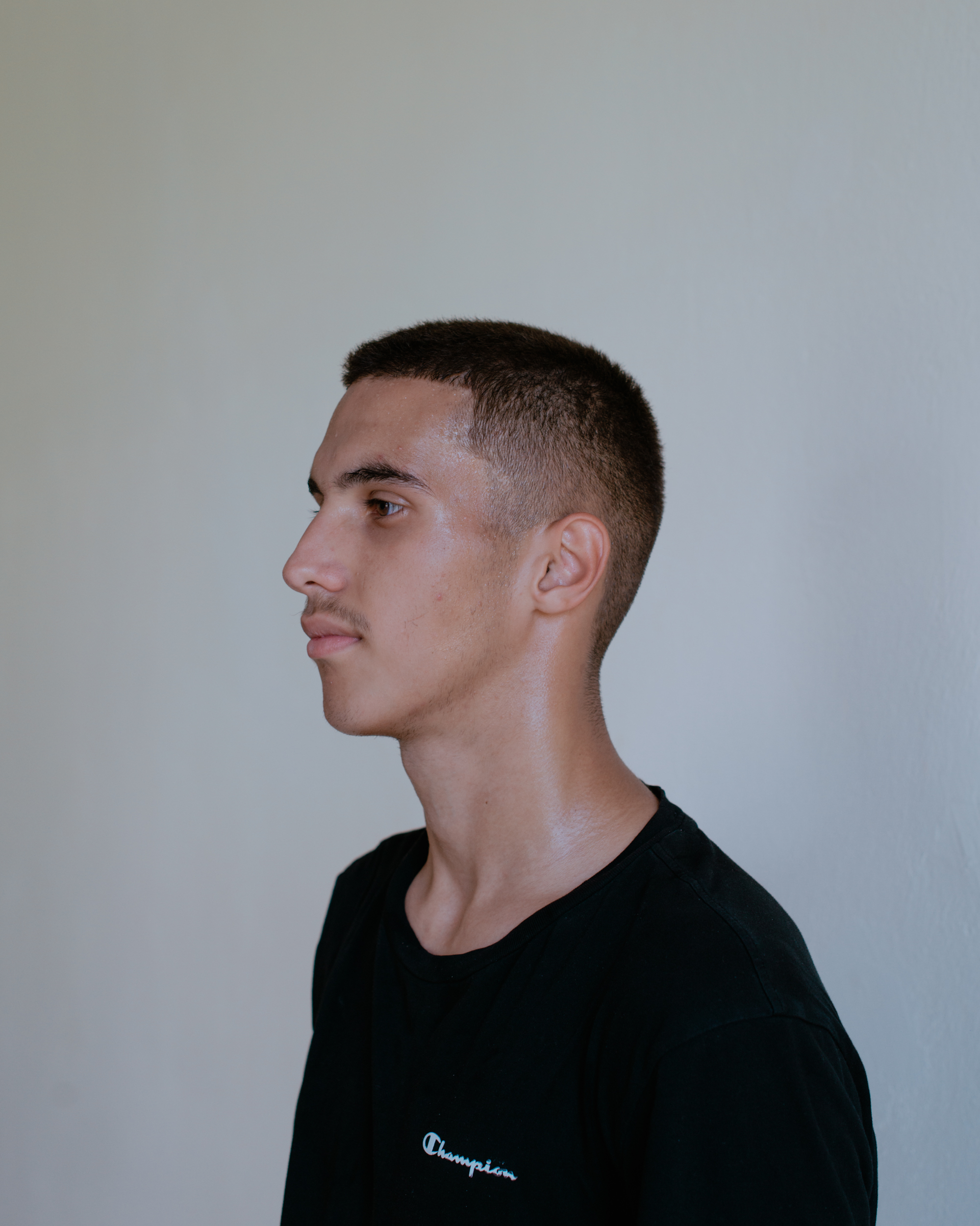
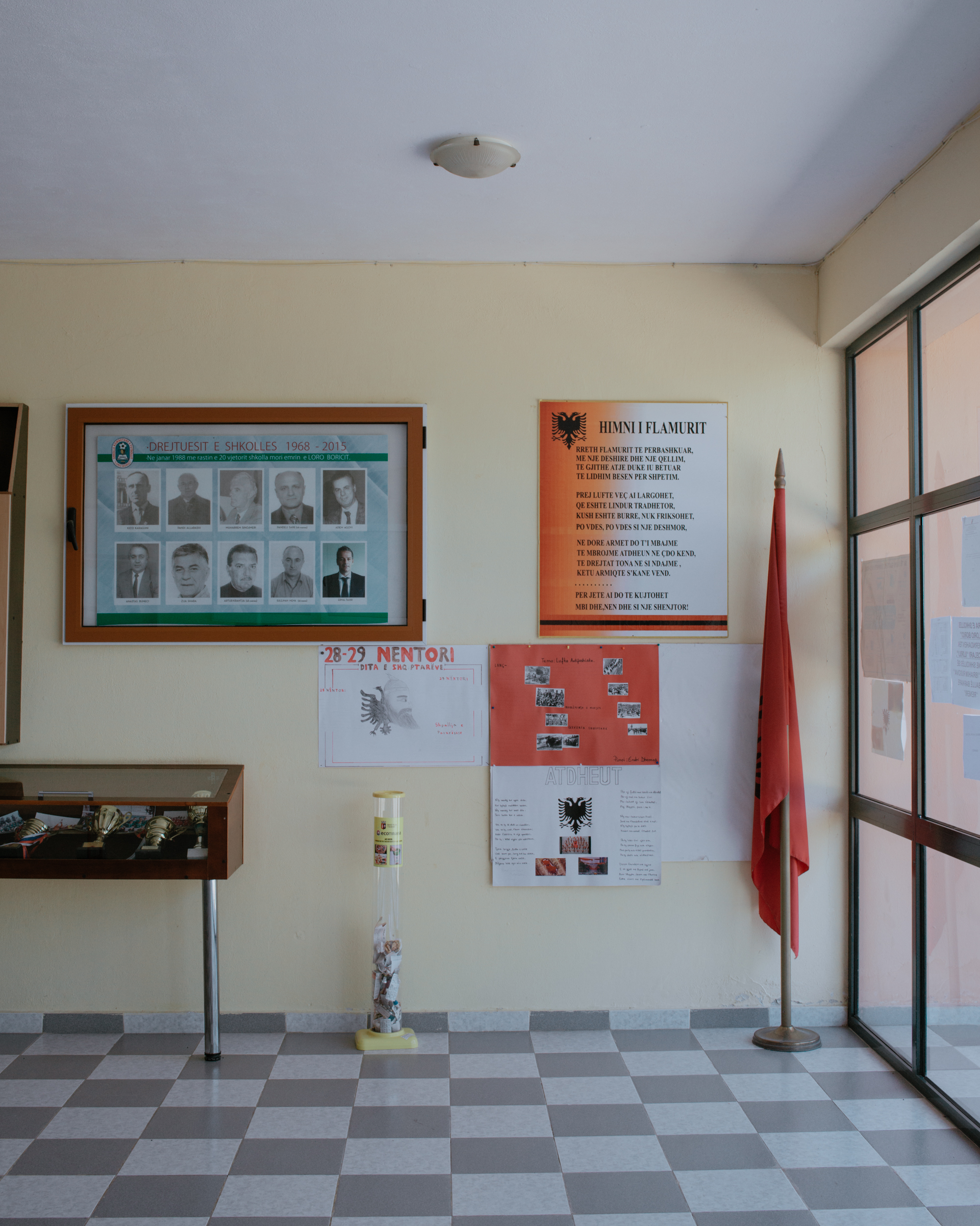





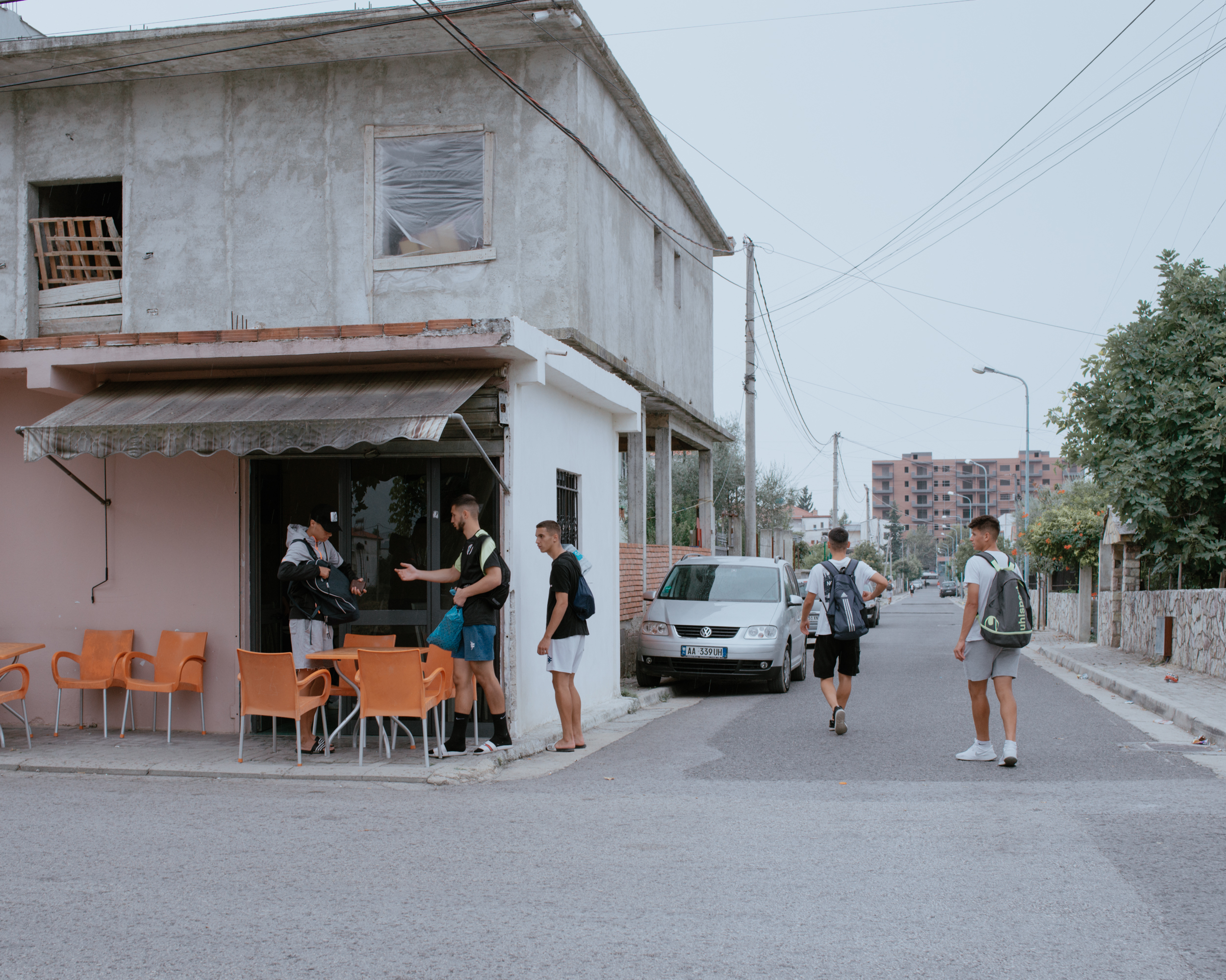
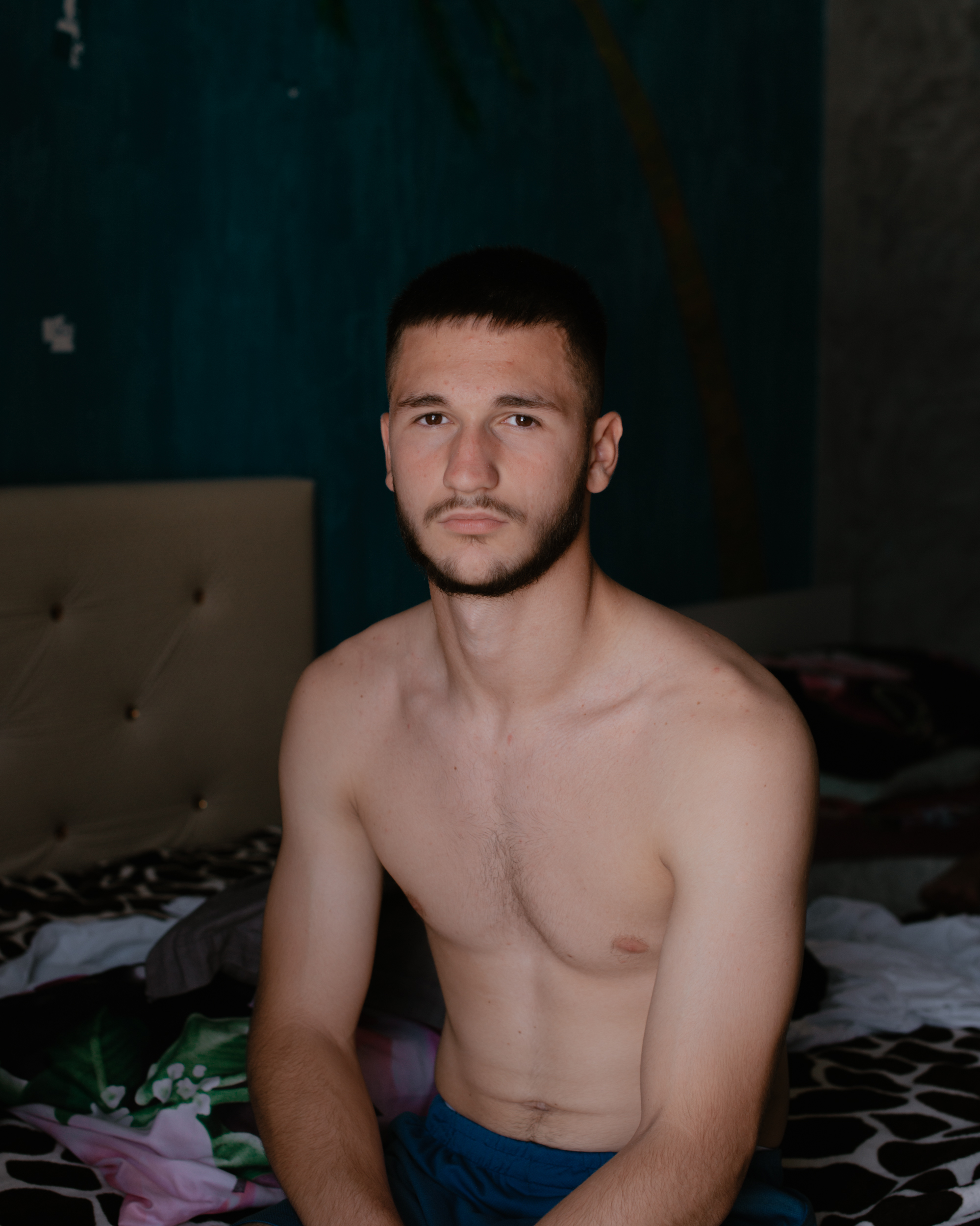
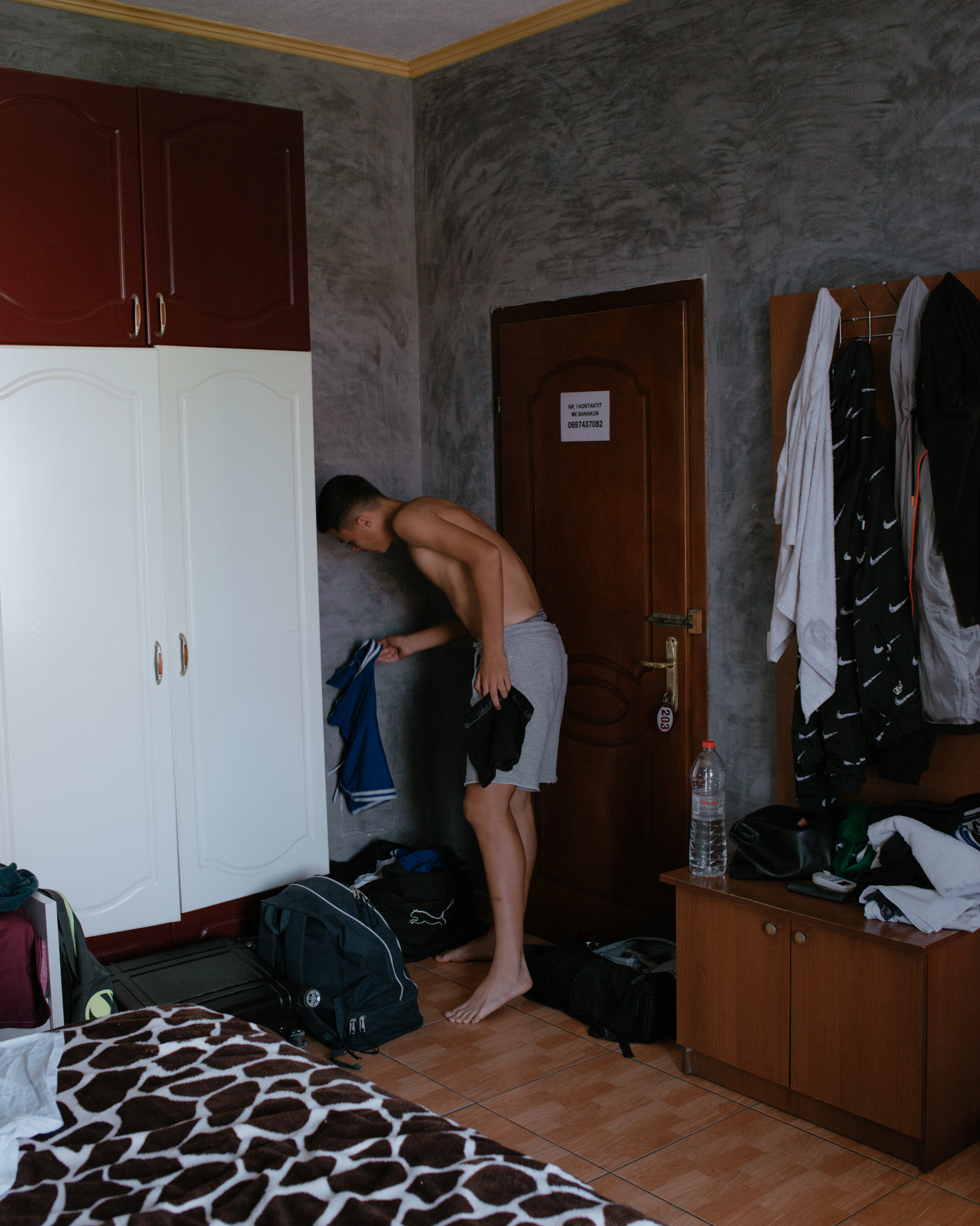



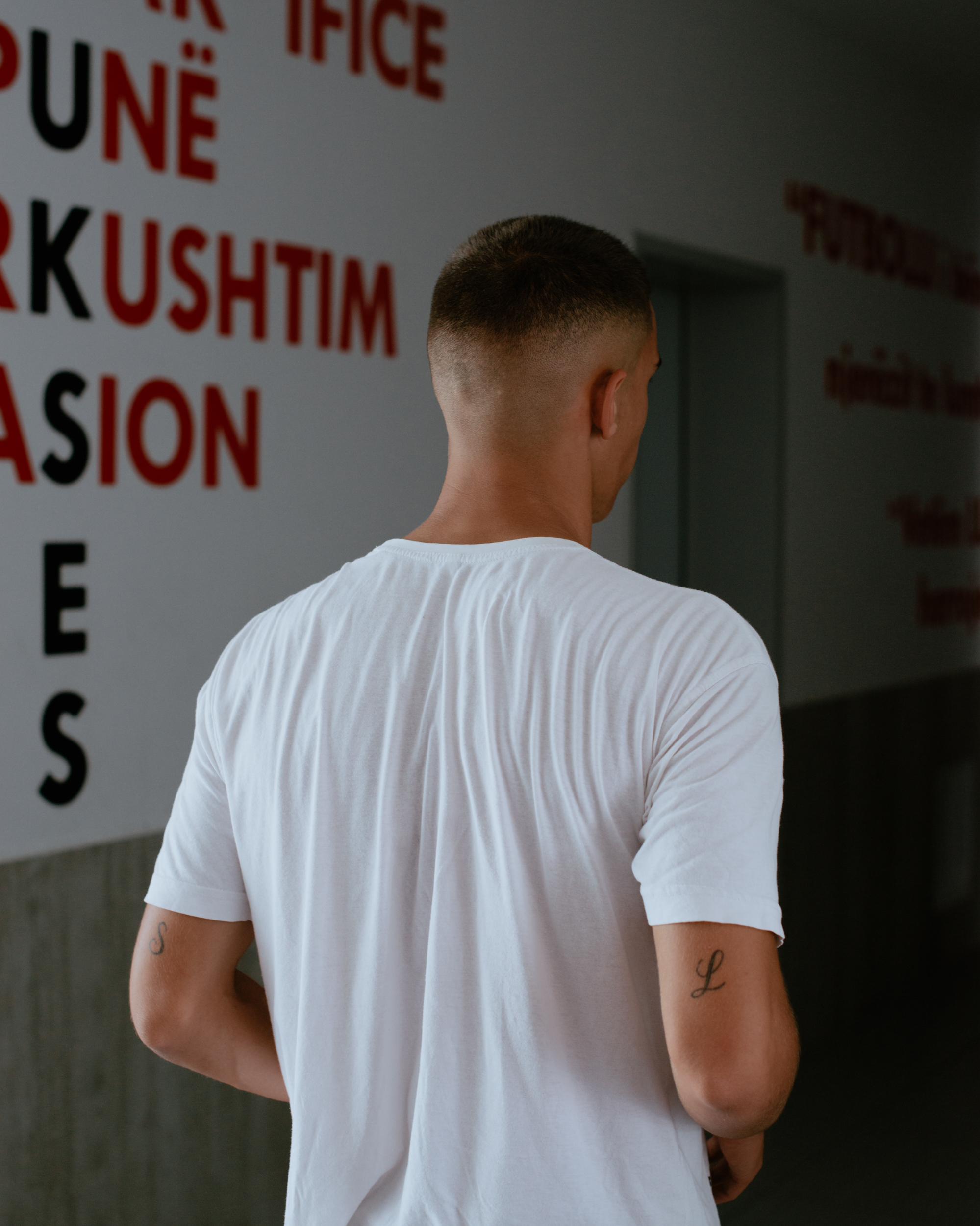


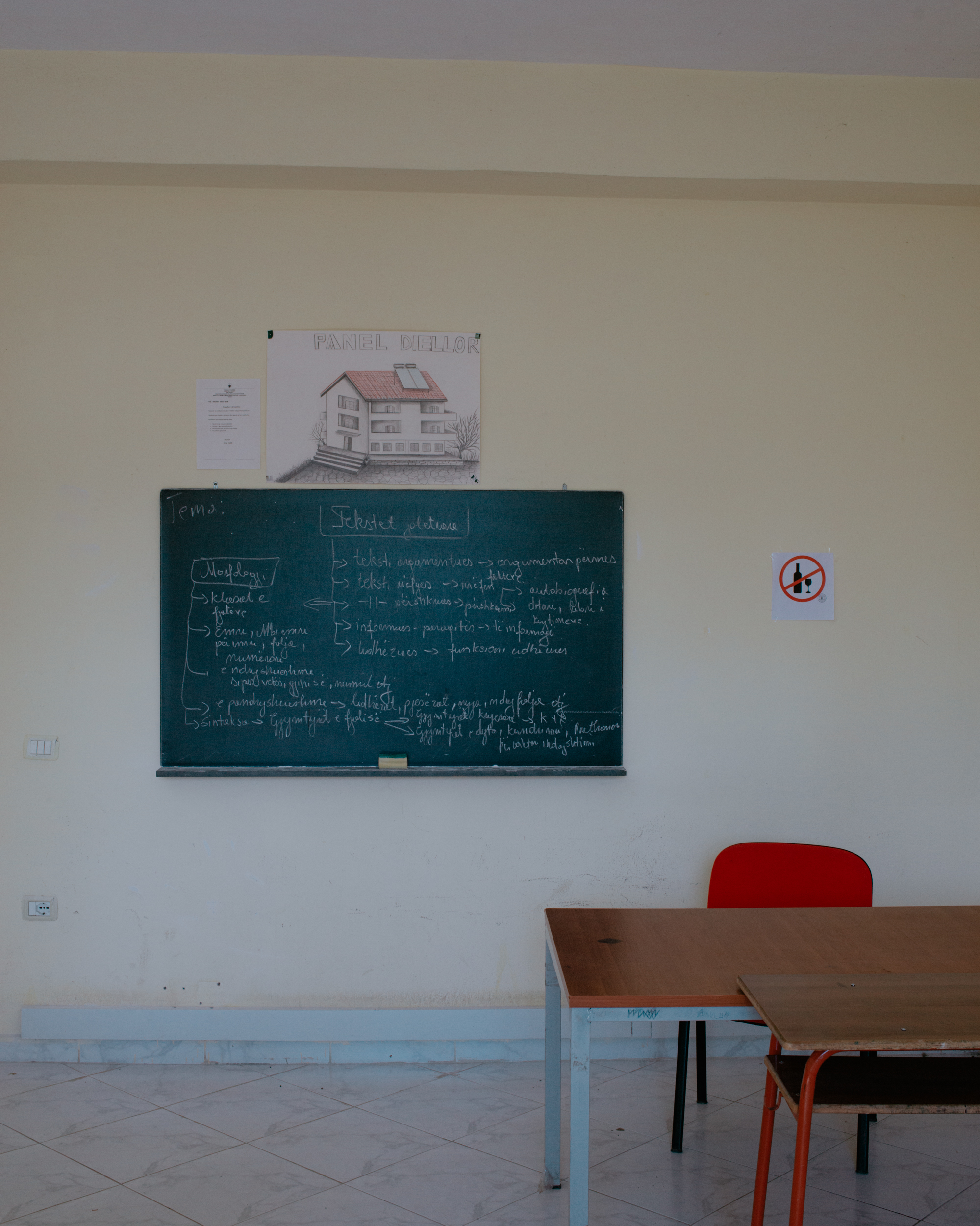



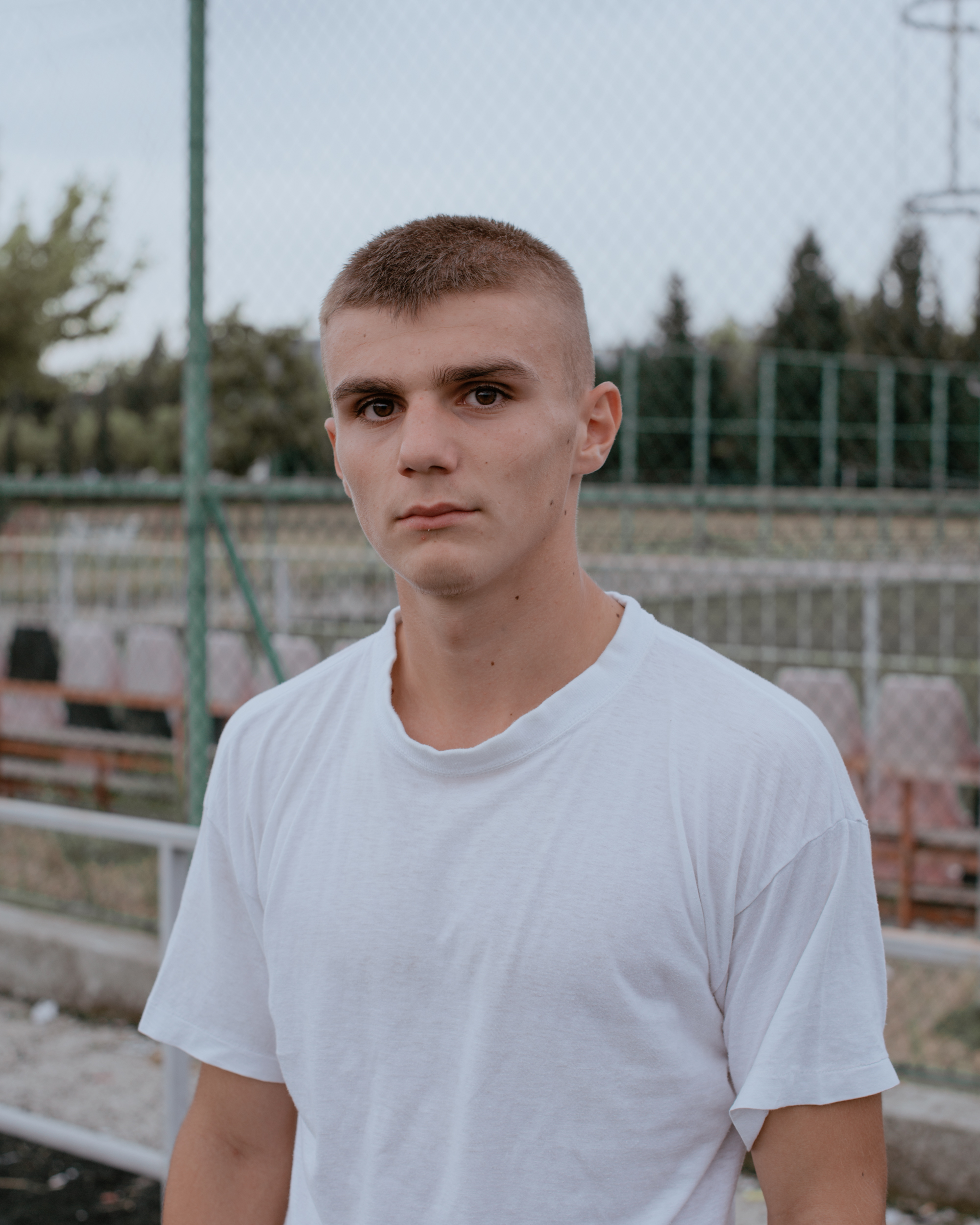

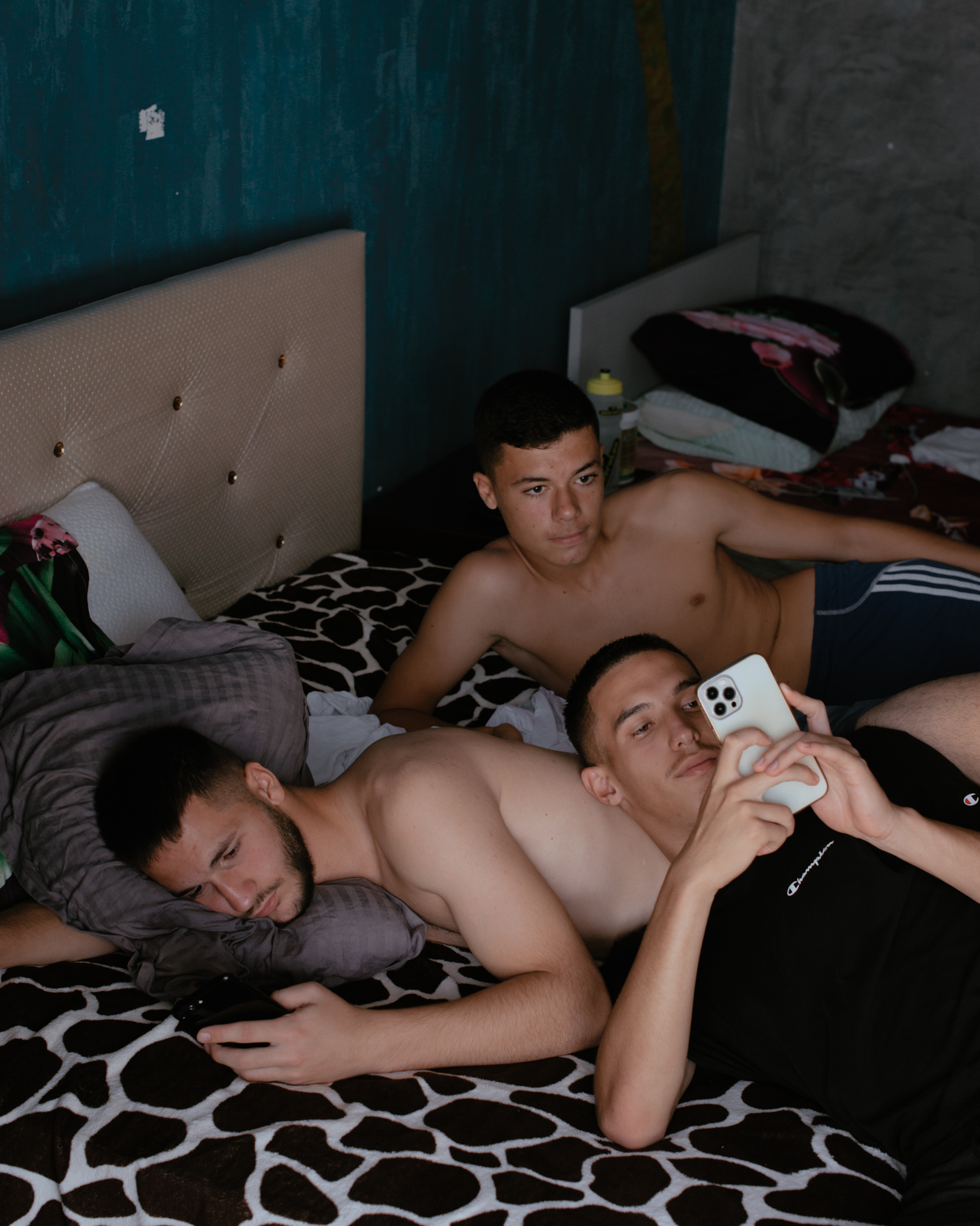

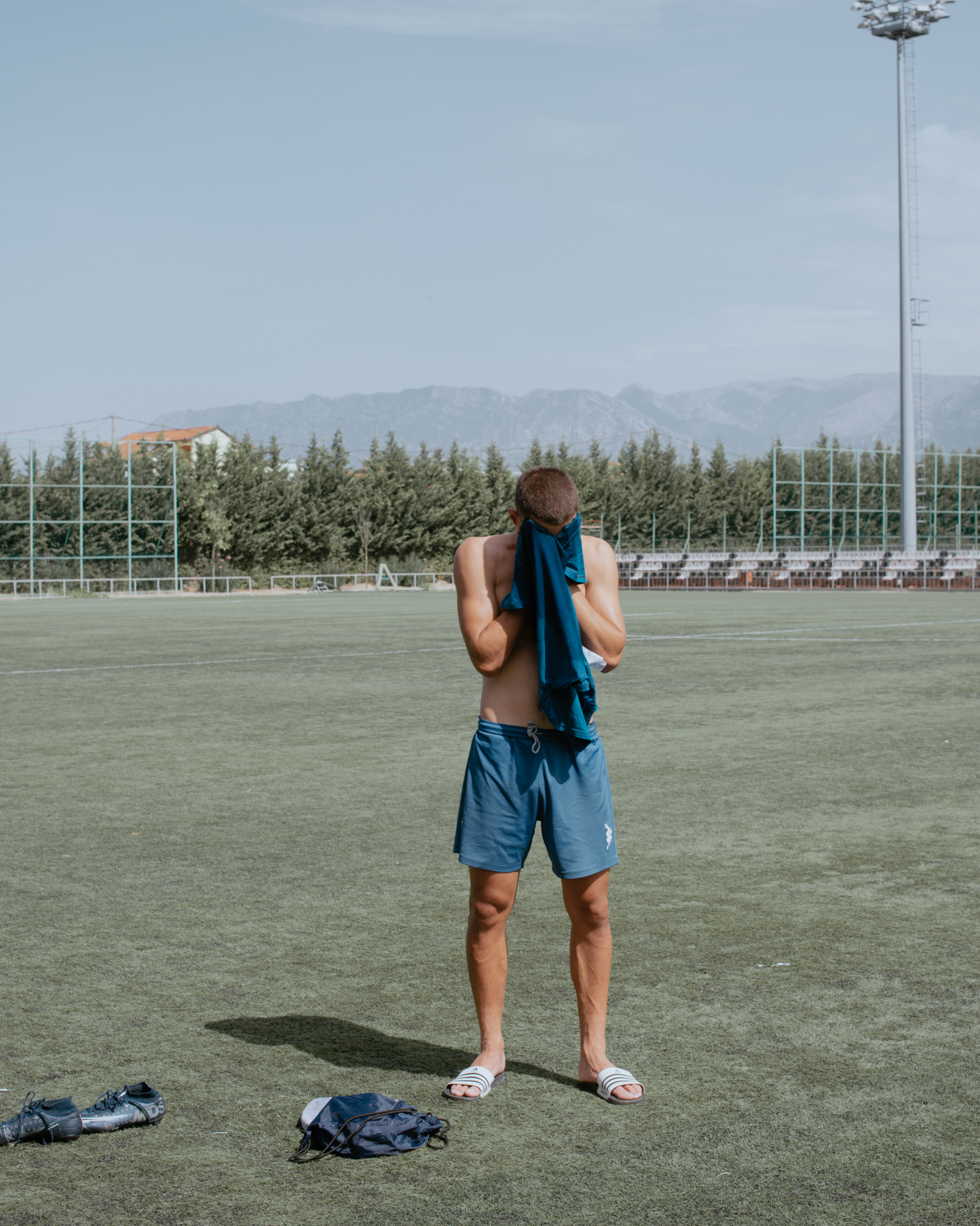
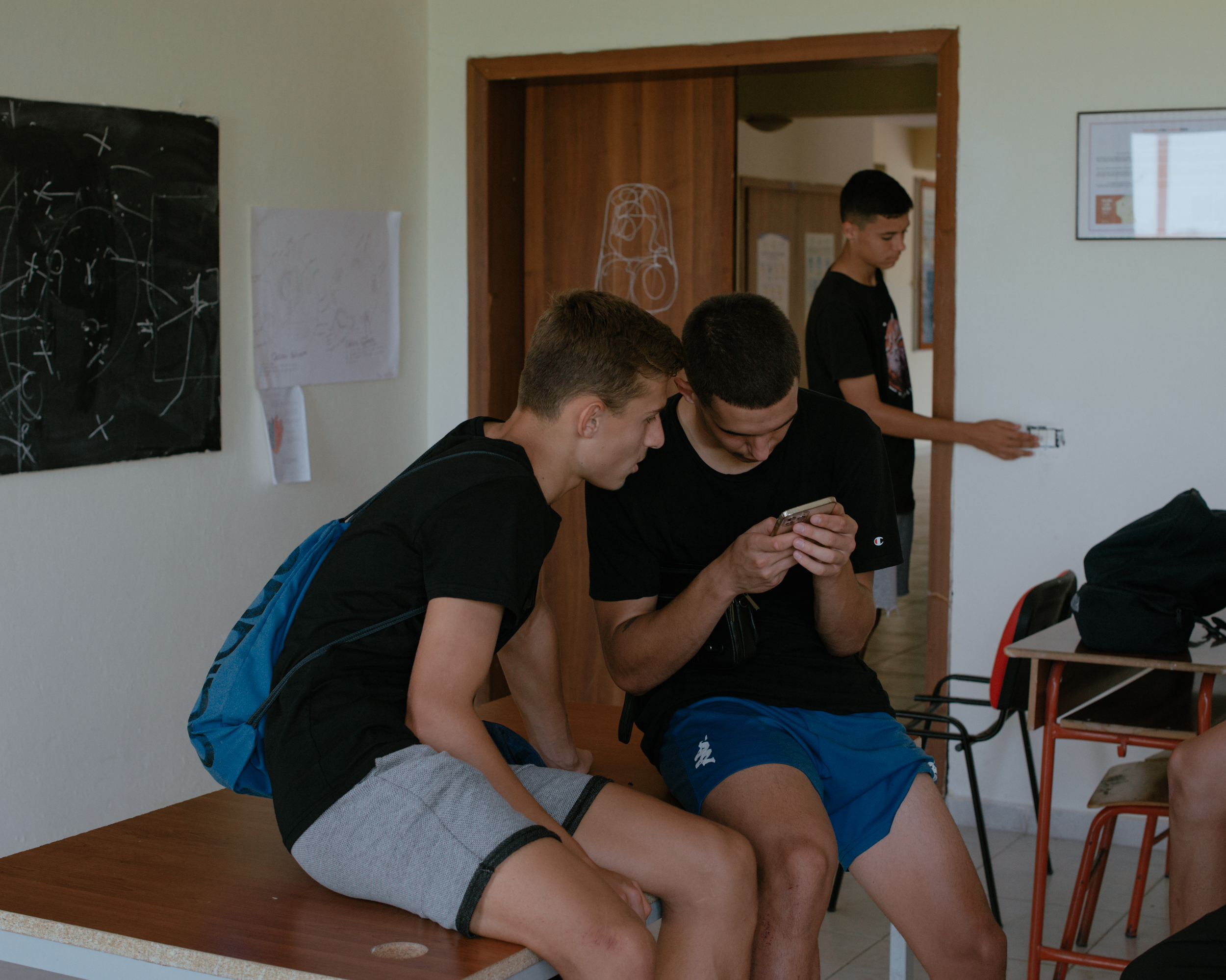







For ZEITmagazin, I spent over six months photographing Munich’s “Alter Botanischer Garten,” a place often labeled a crime hotspot. Together with Annabel Wahba, I got to know many people whose paths cross there.
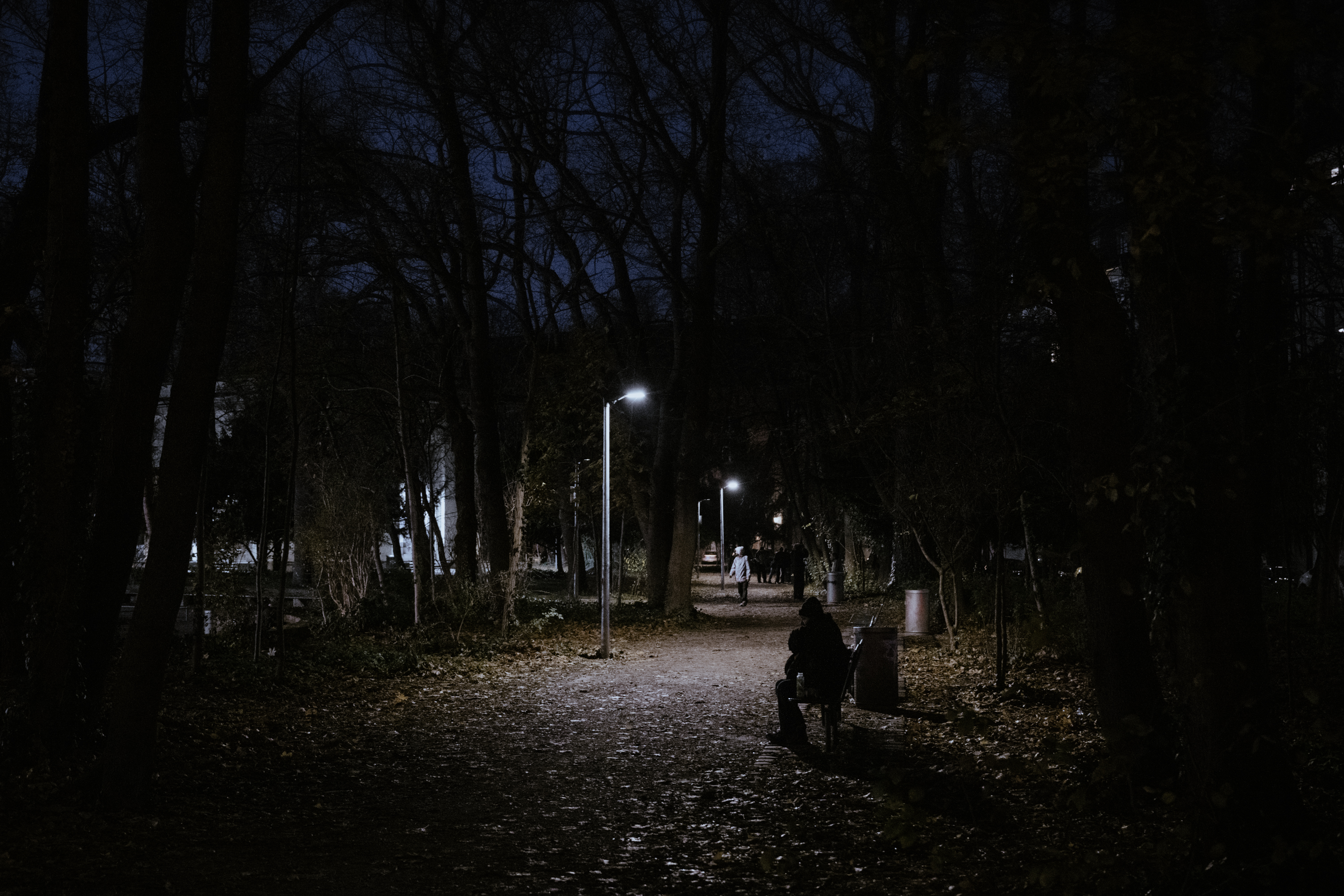



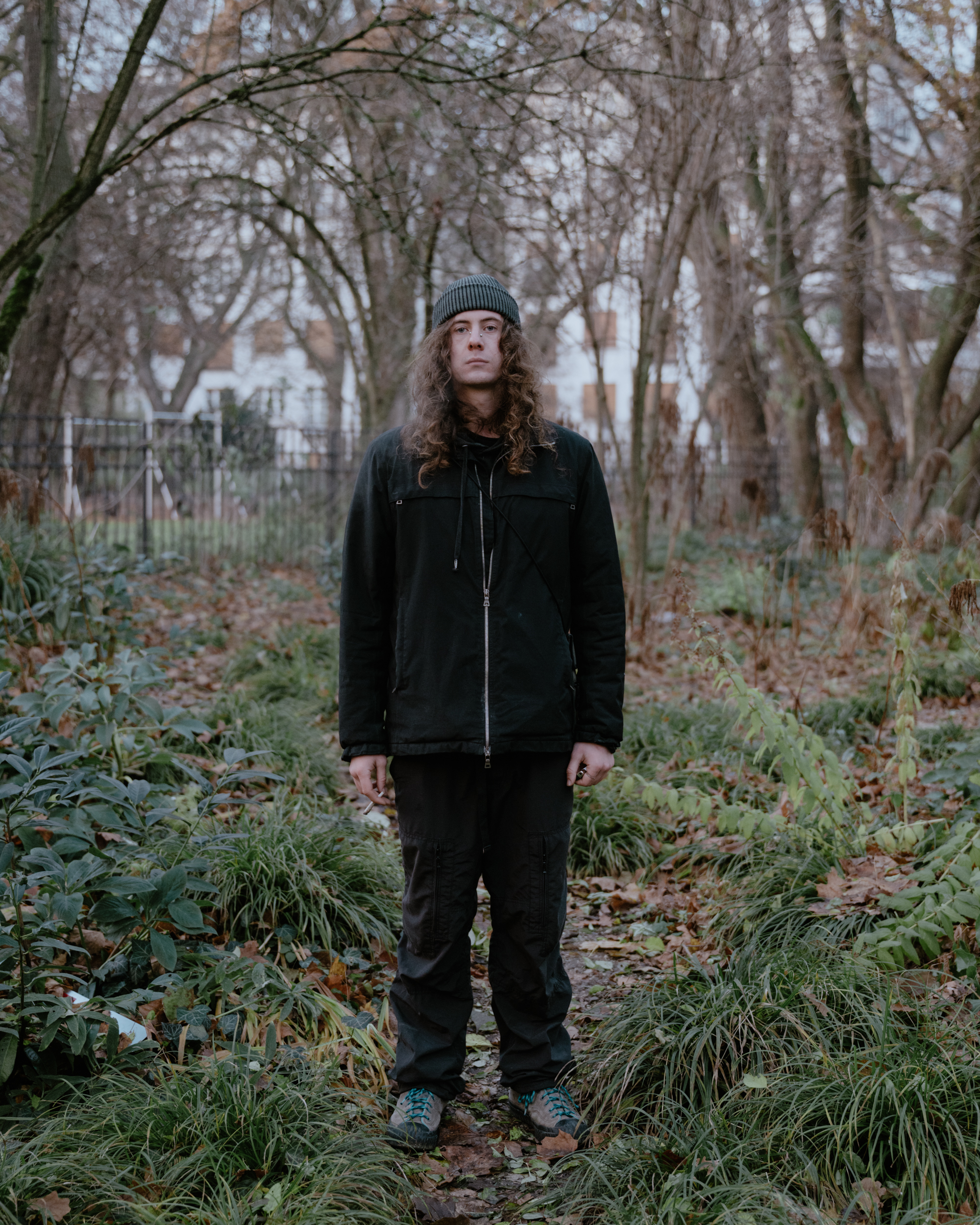


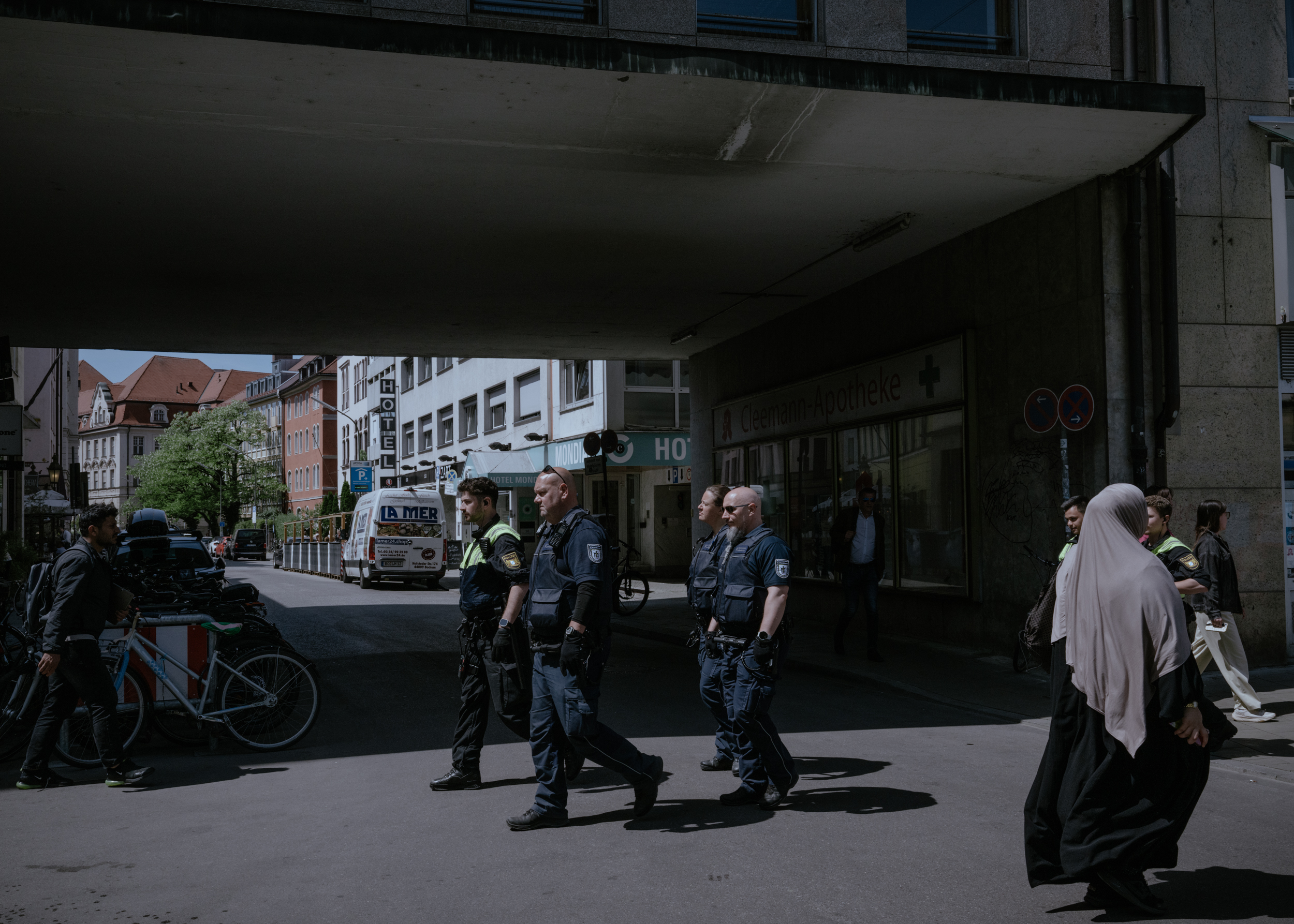


The Mescid-i Aksa Mosque in Fürstenfeldbruck is an important centre for the German-Turkish community in the region. In addition to daily prayers and gatherings, religious festivals and cultural events are also celebrated in the mosque. The community is also actively involved in social projects. After the devastating earthquakes in Turkey and Syria in early 2023, the Mescid-i Aksa Mosque was able to raise a considerable amount of money for those affected by selling home-baked lahmacuns.
Süddeutsche Zeitung




